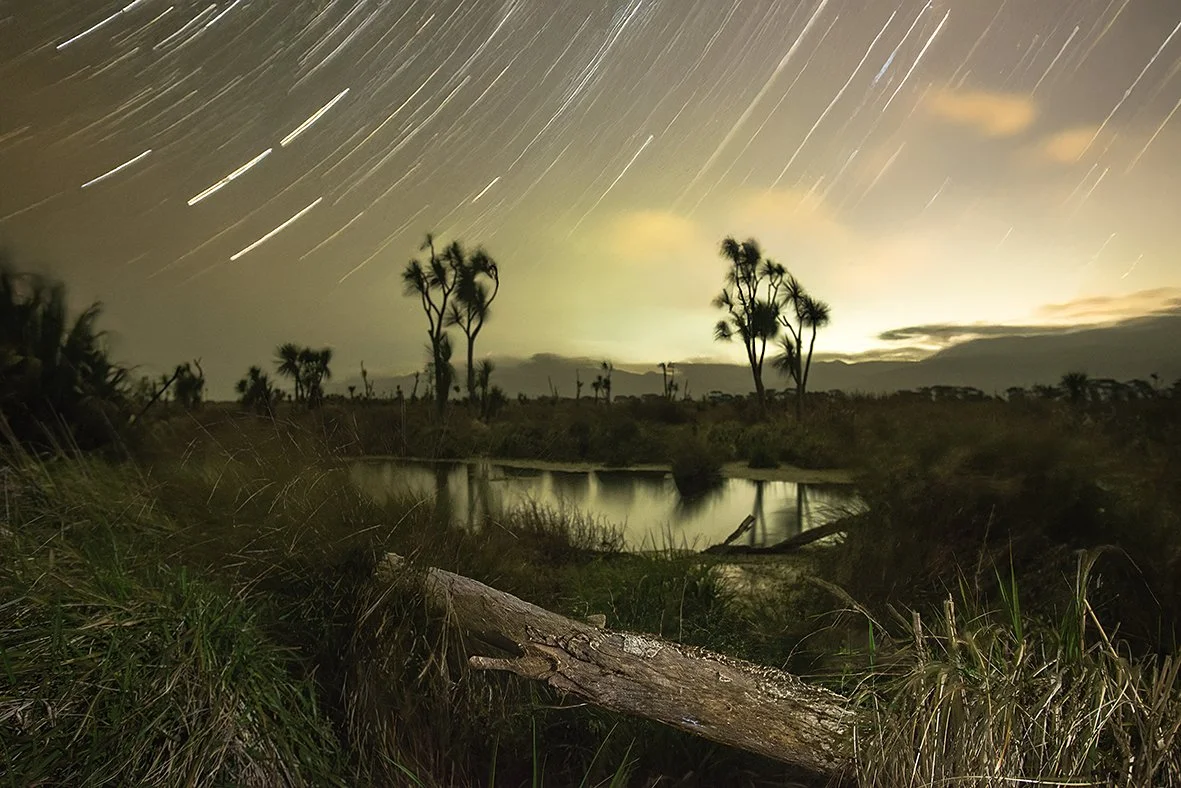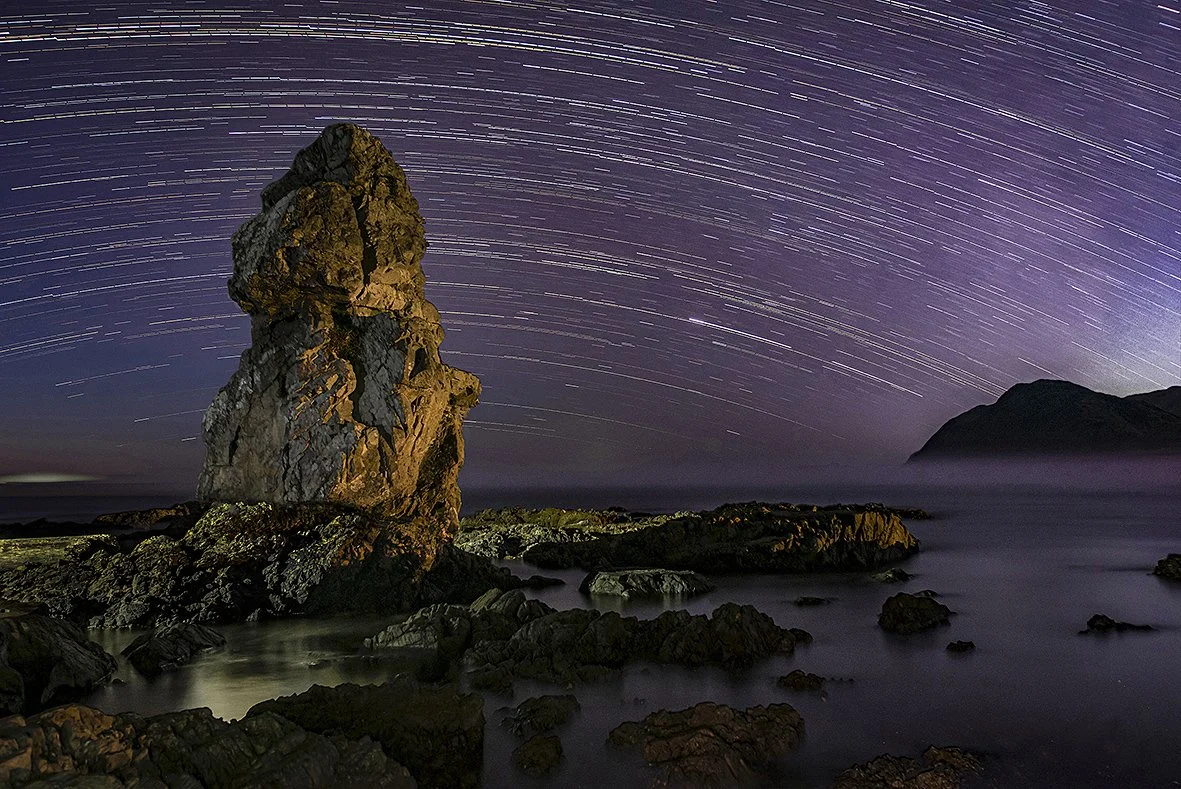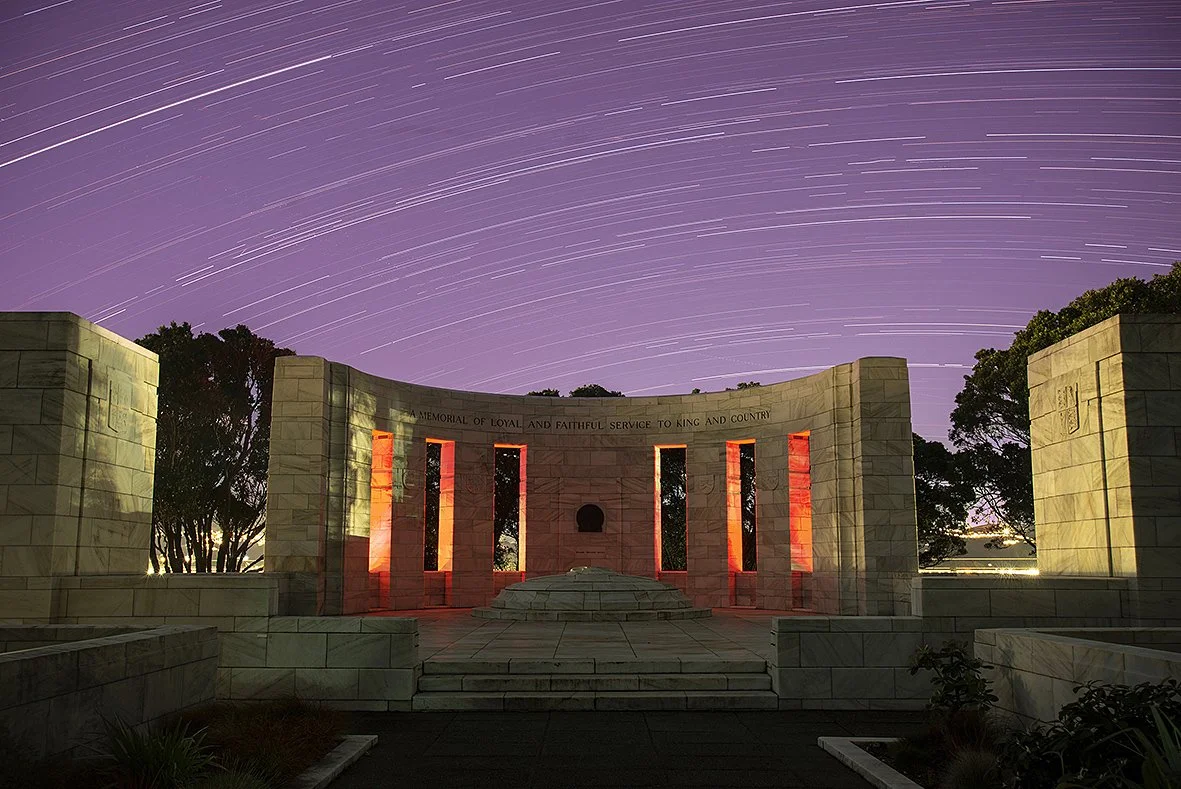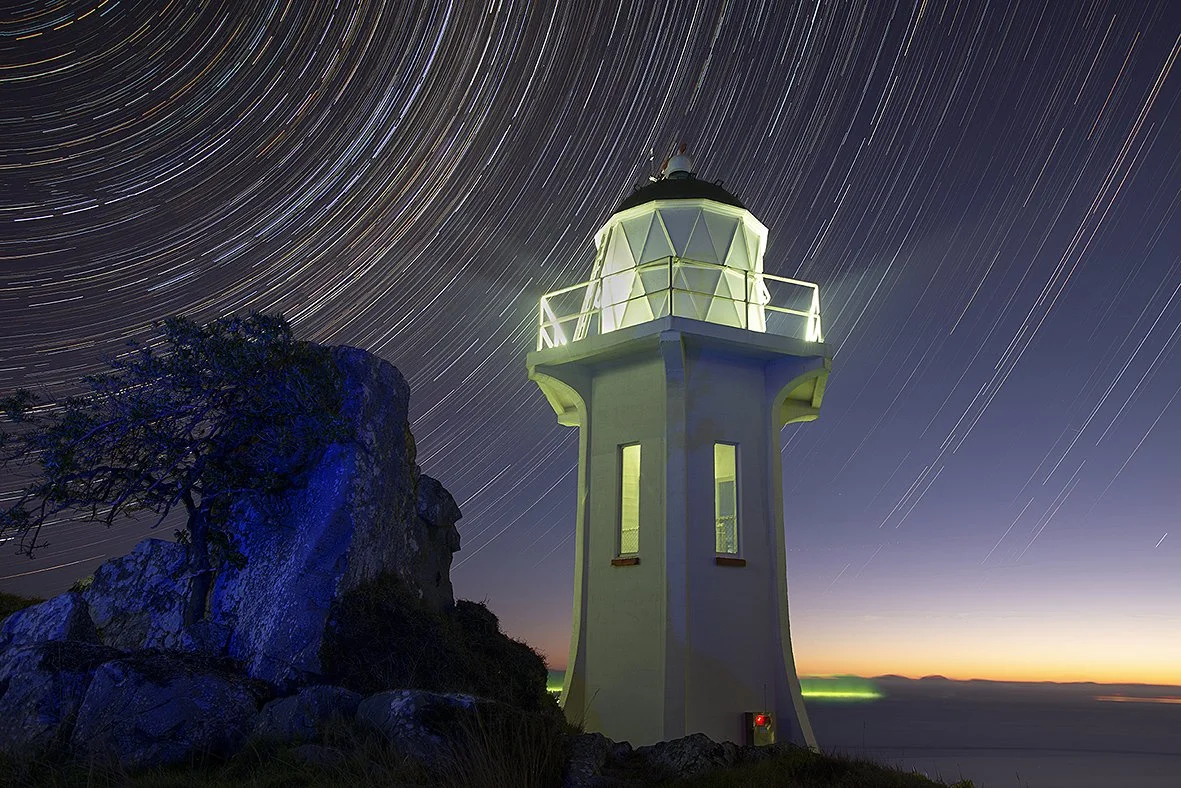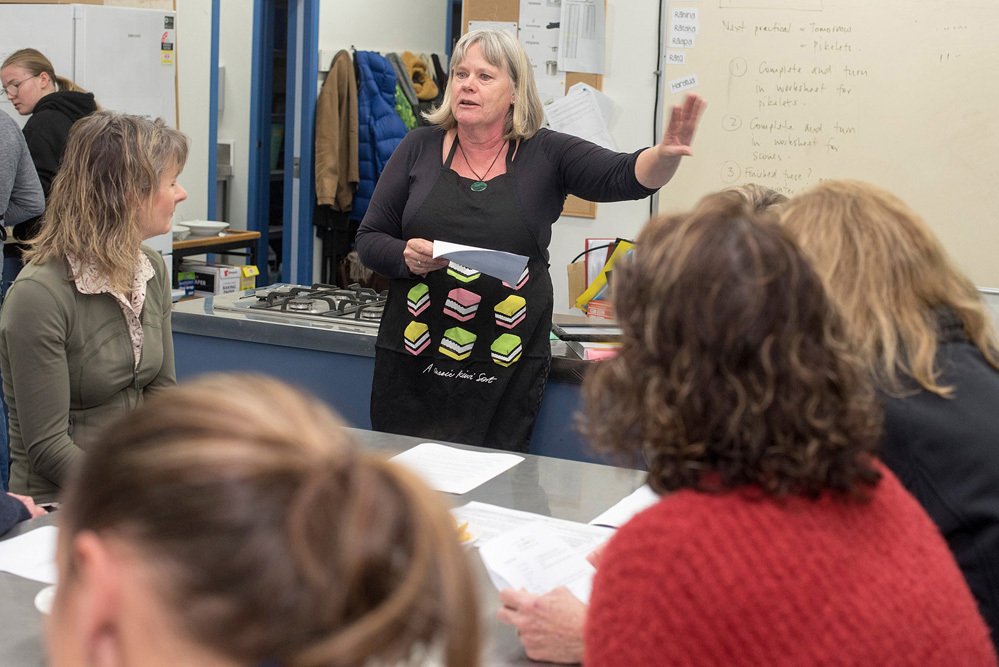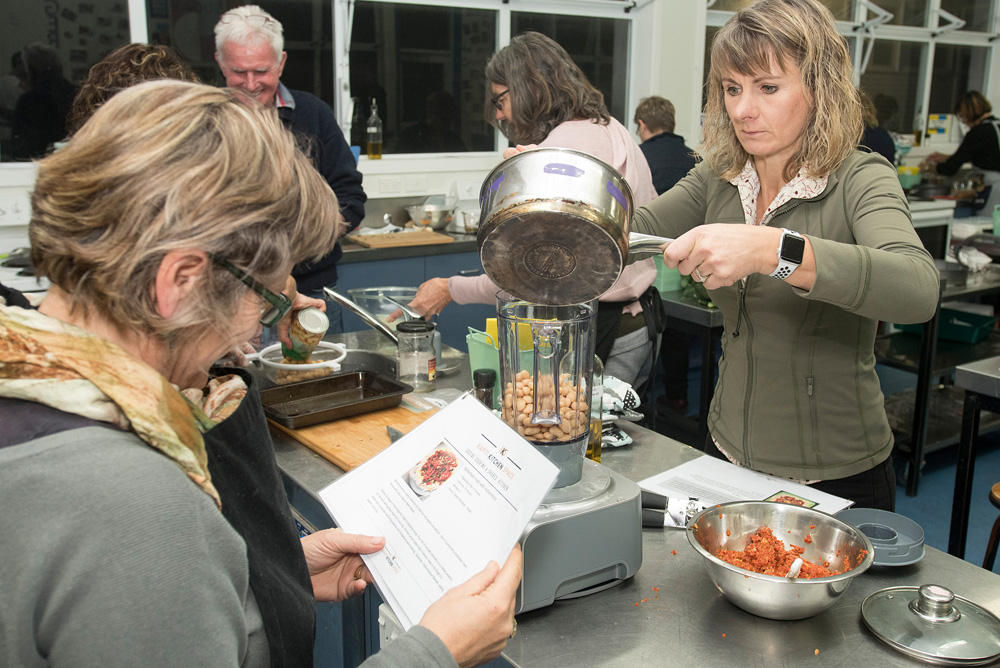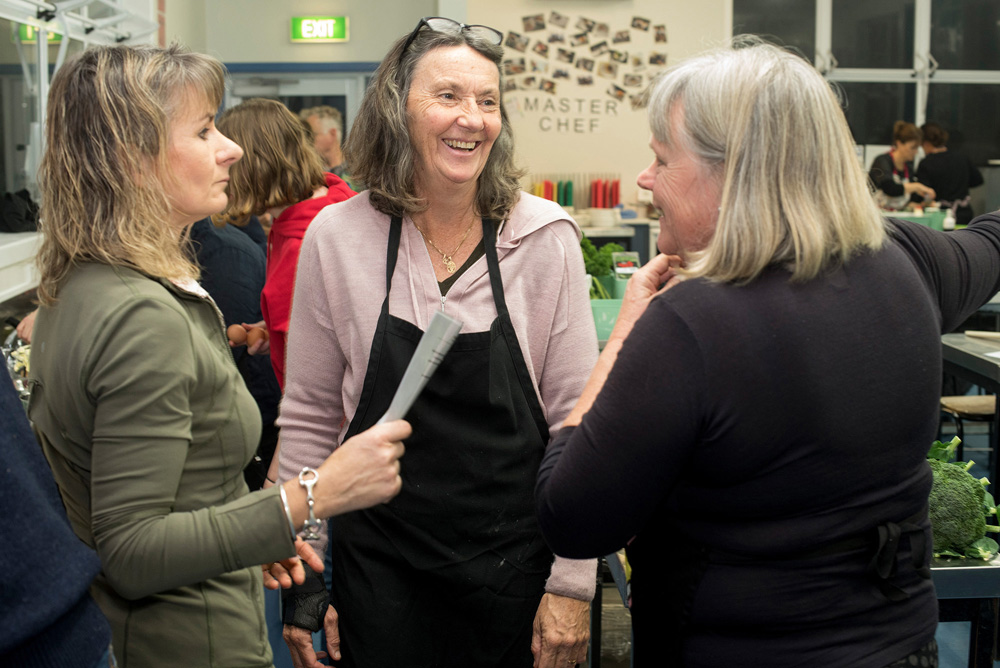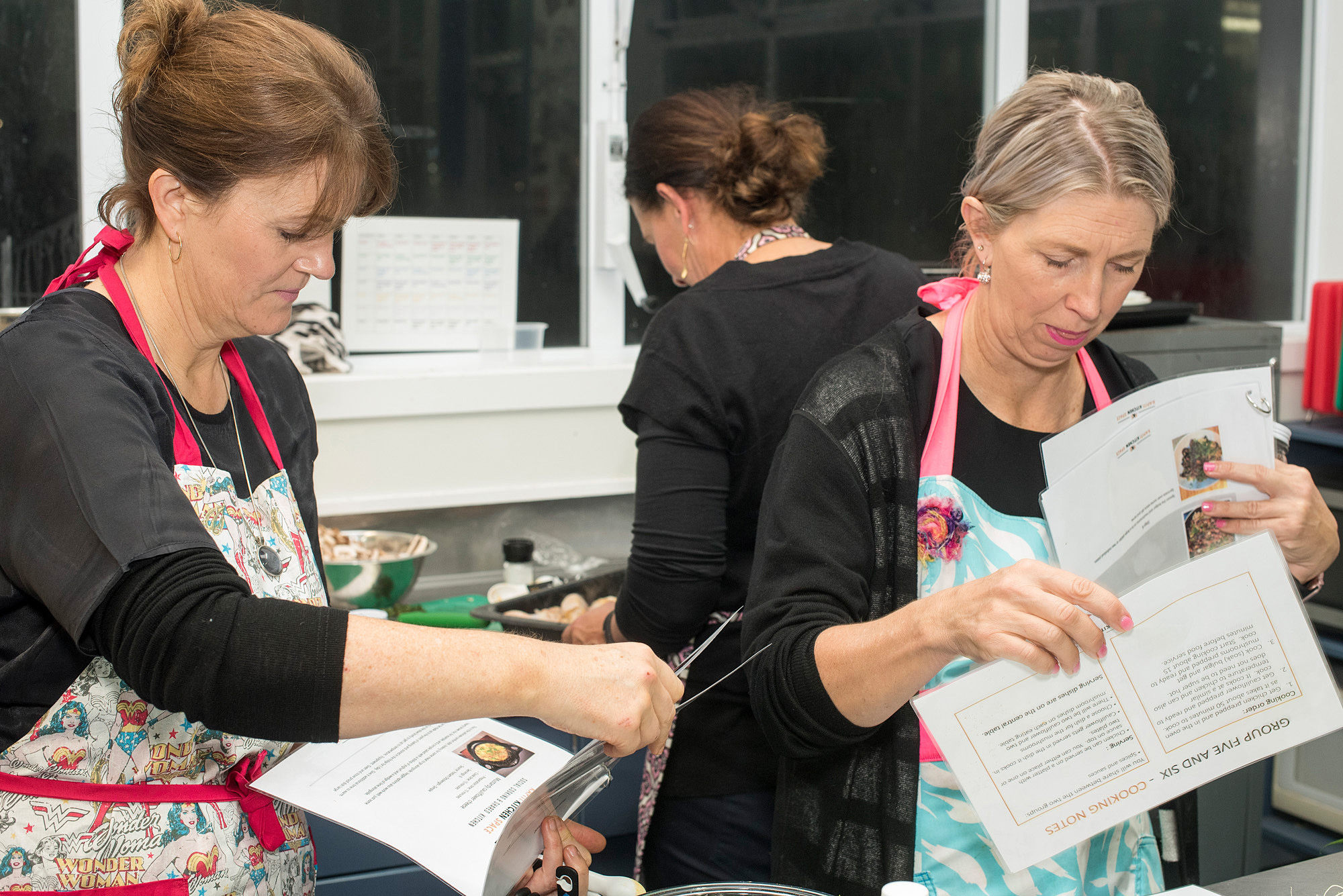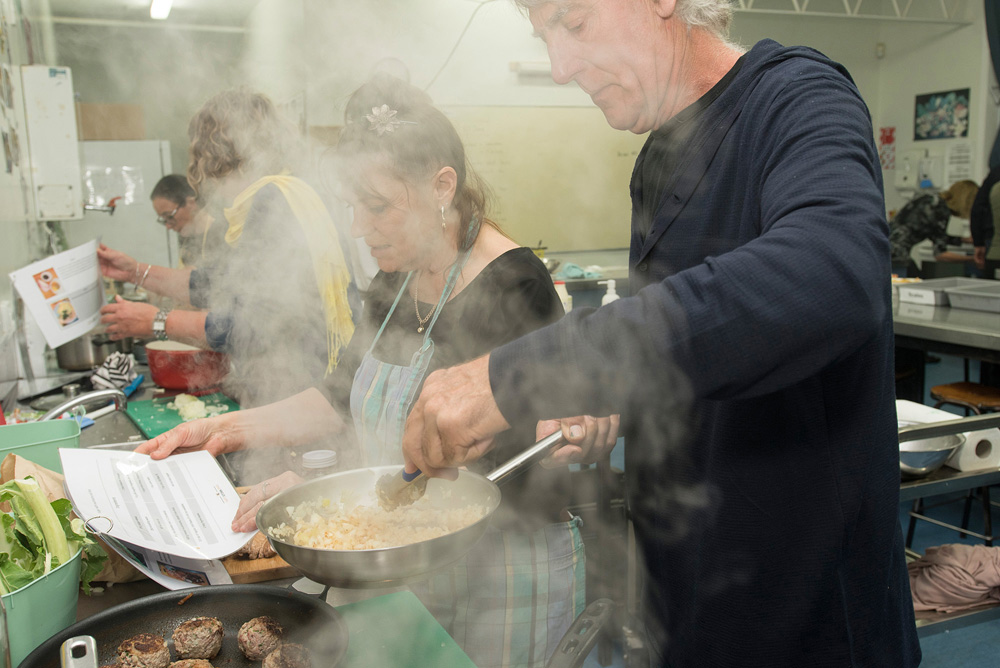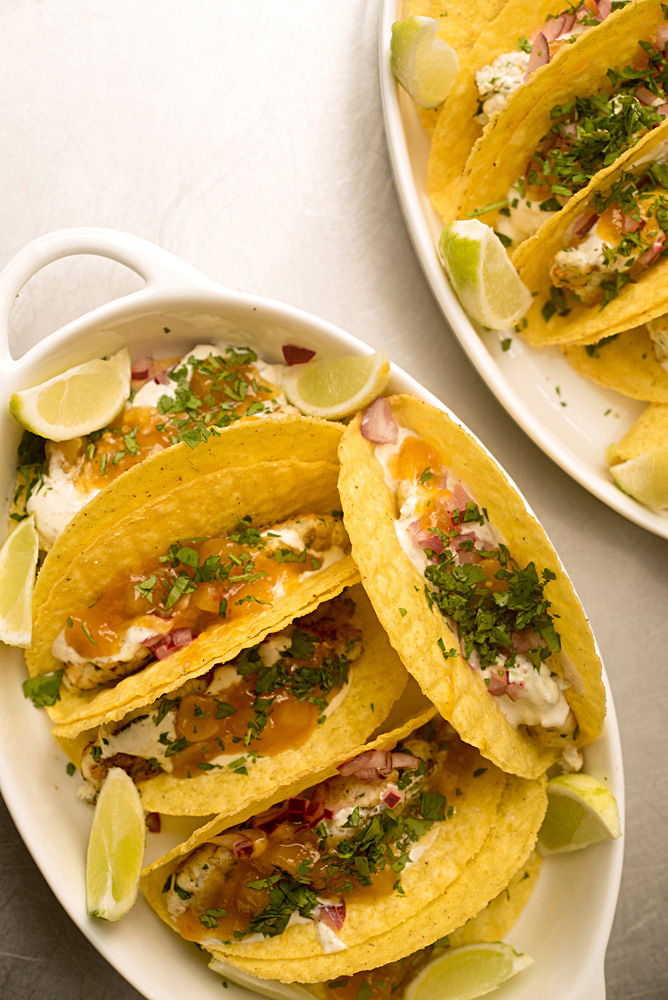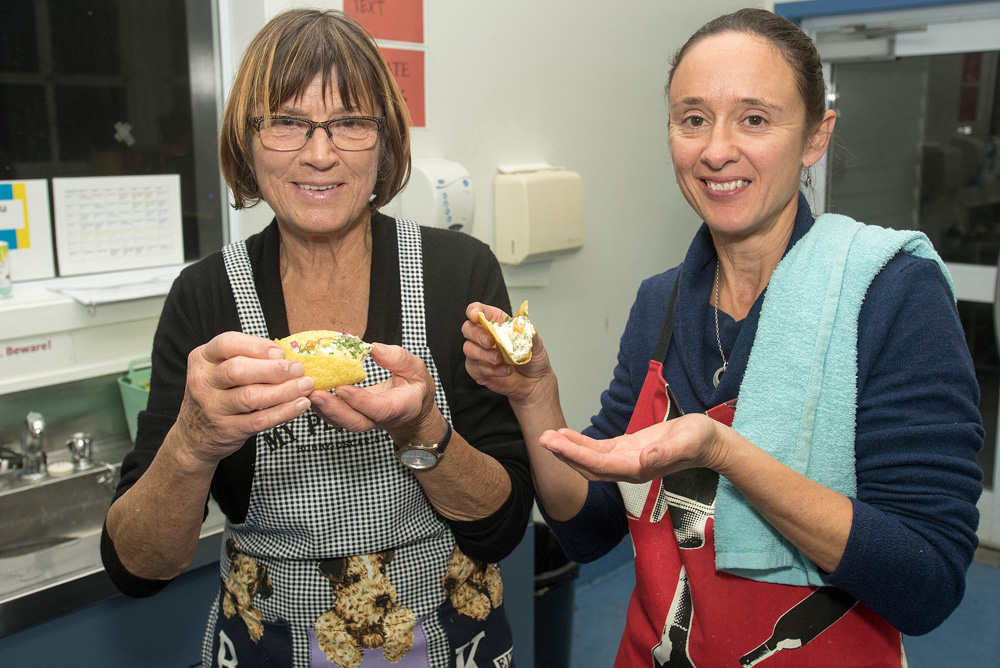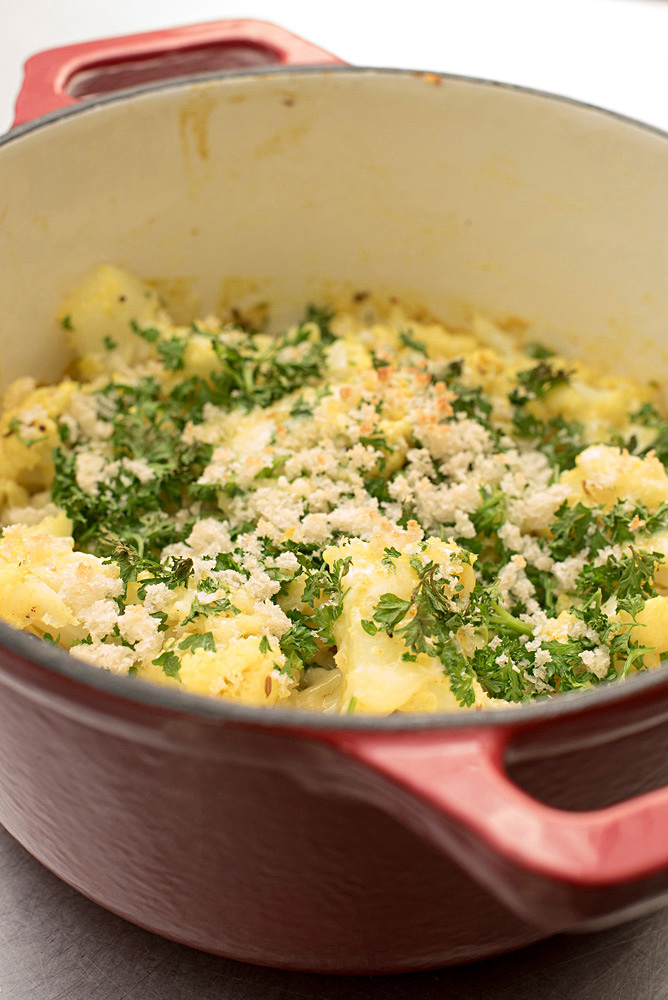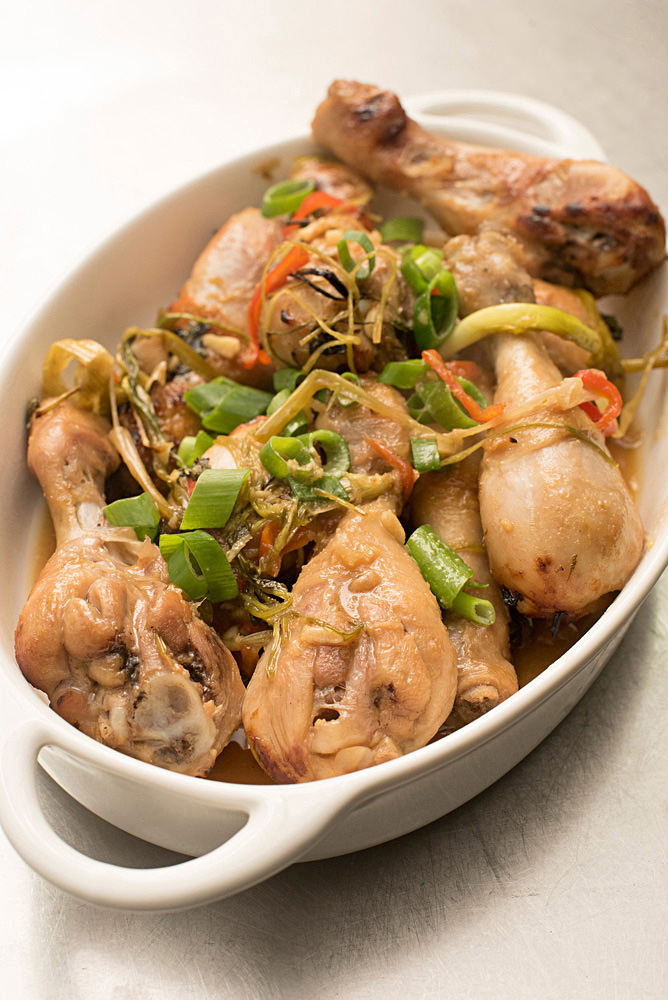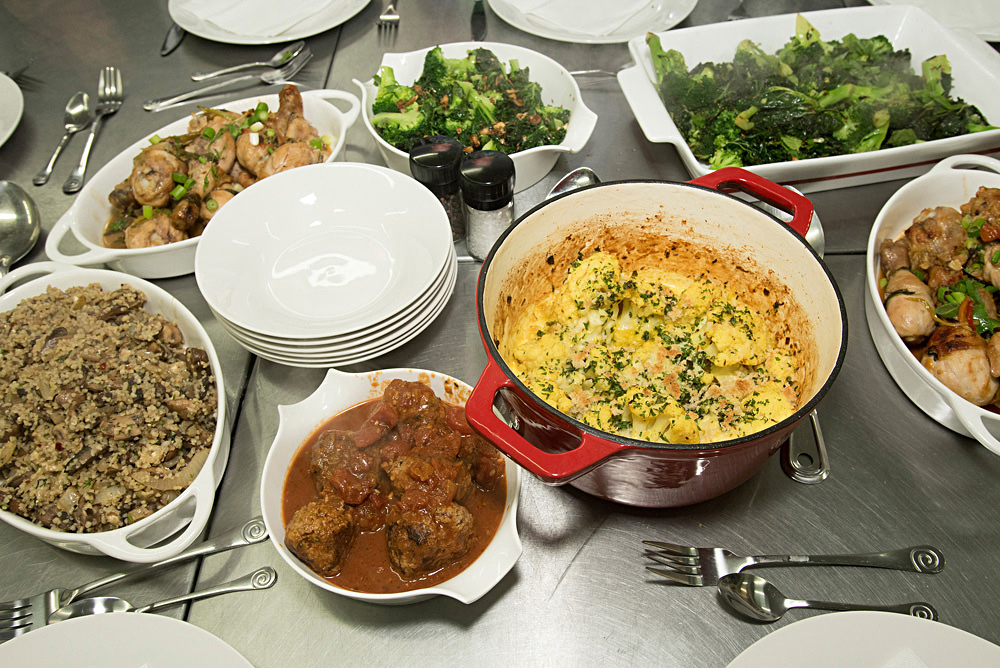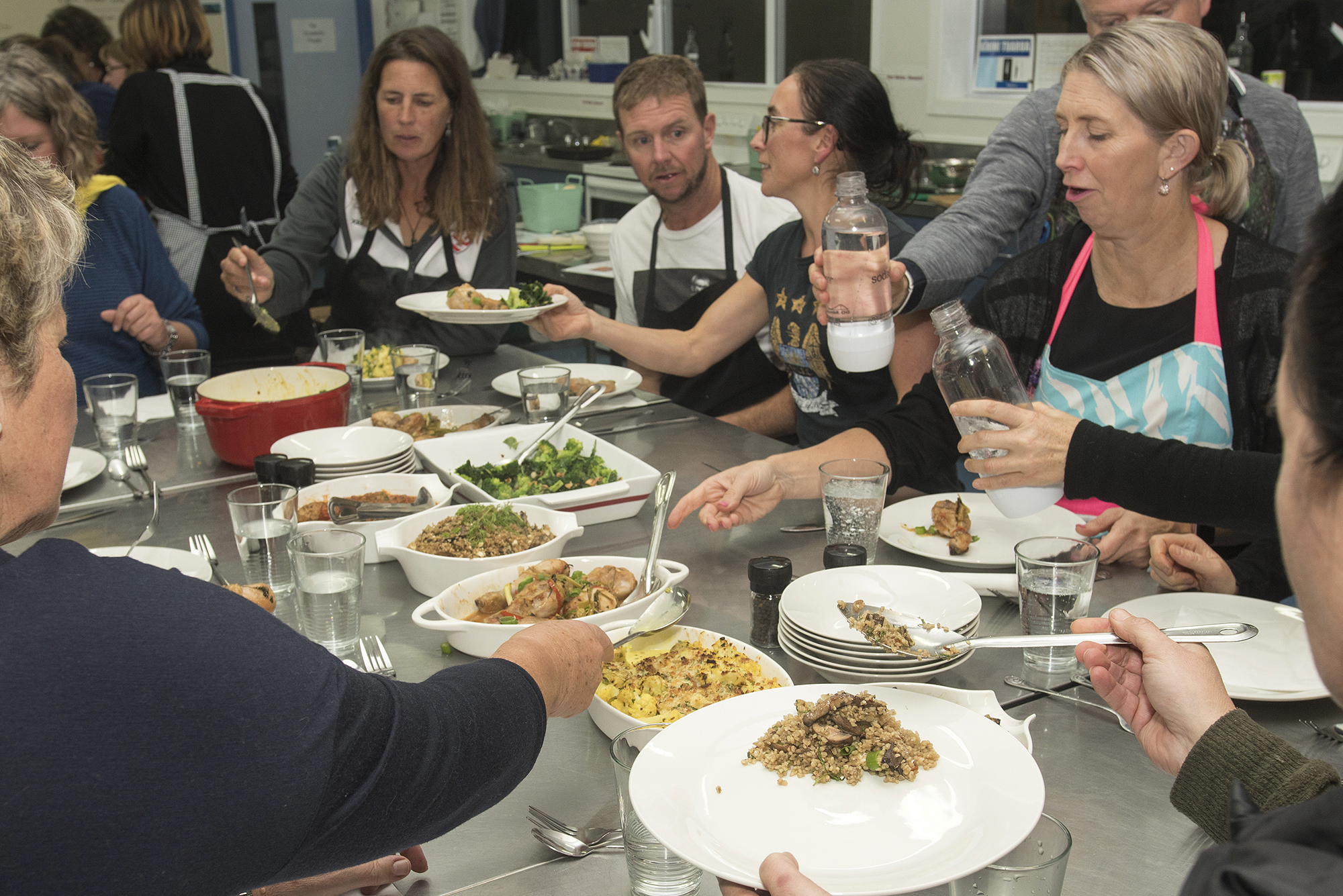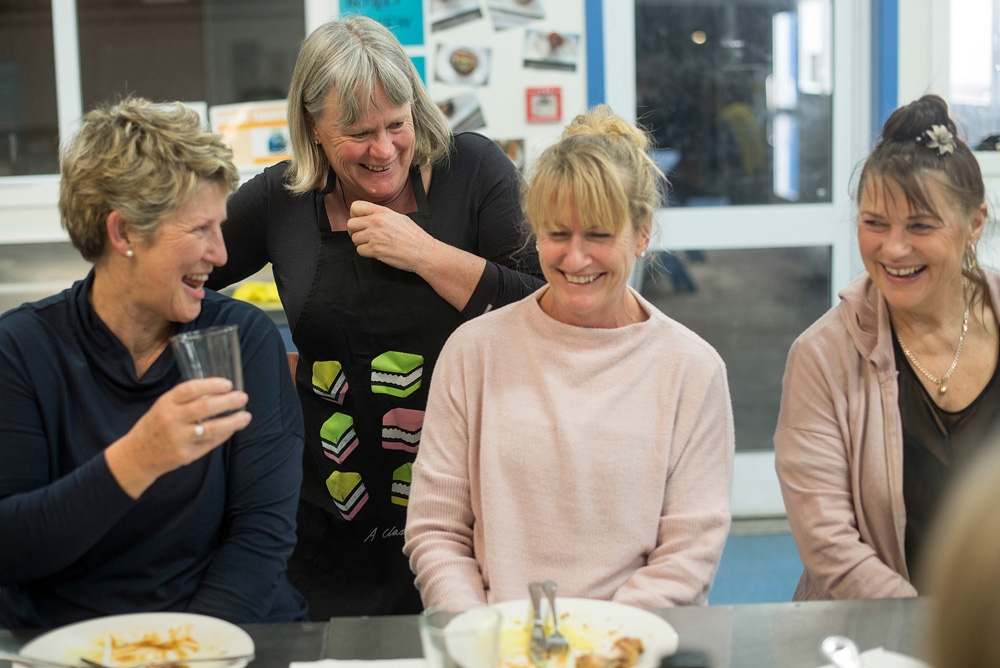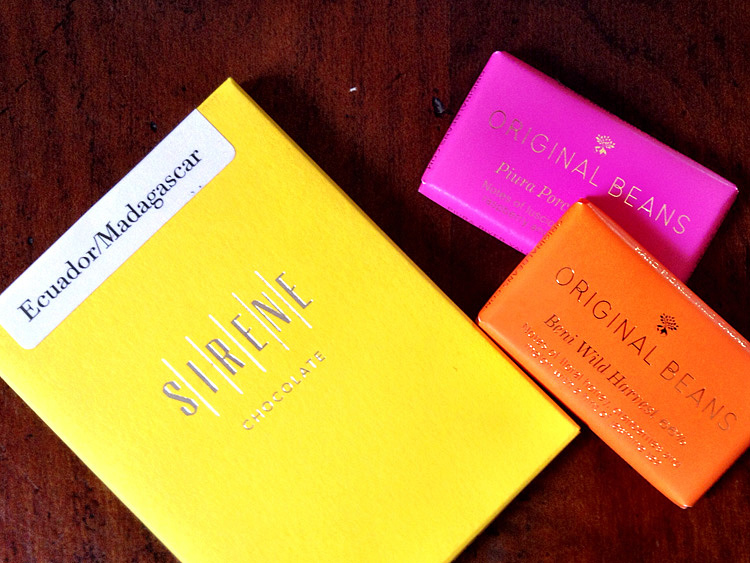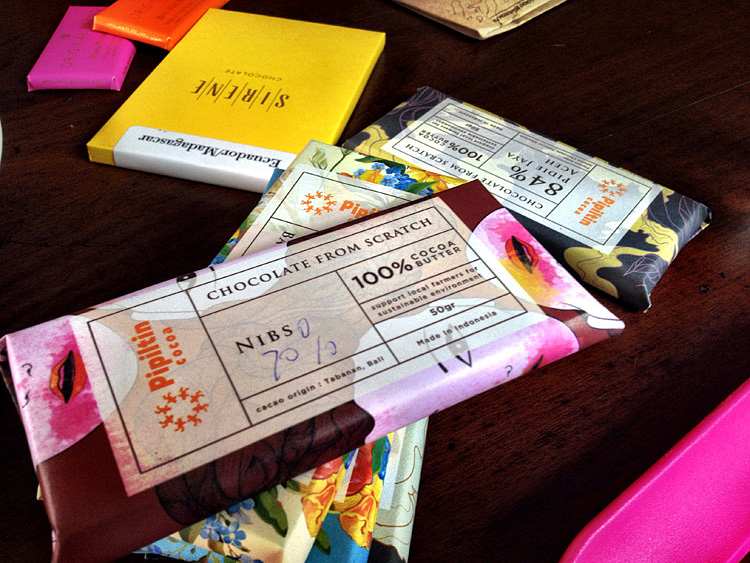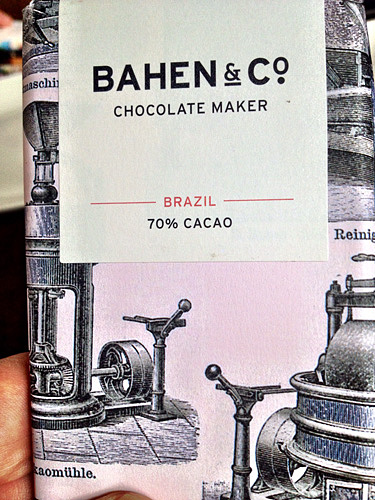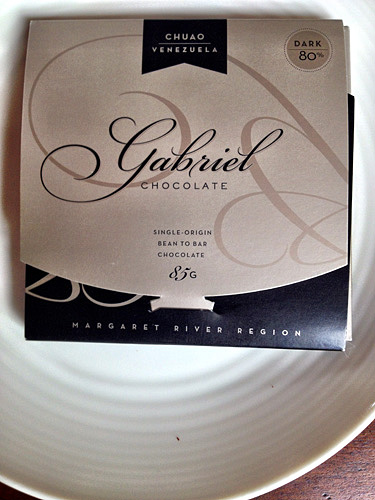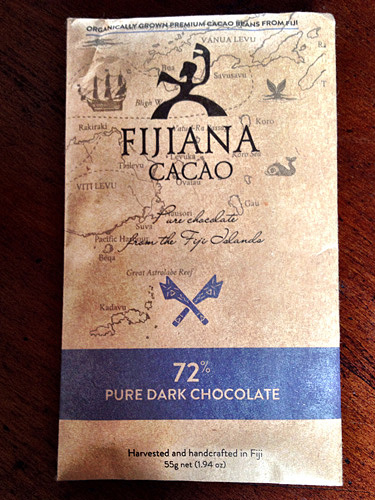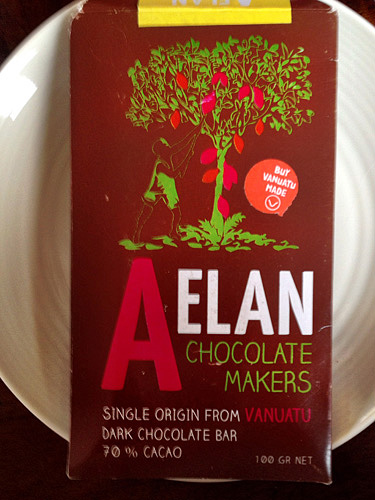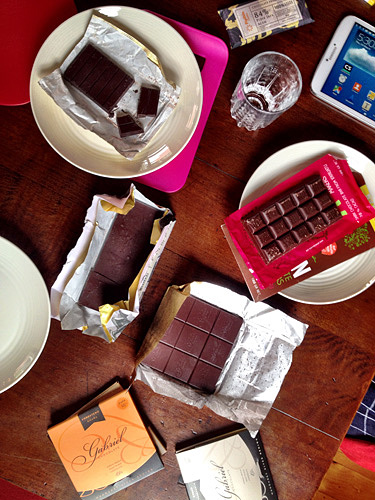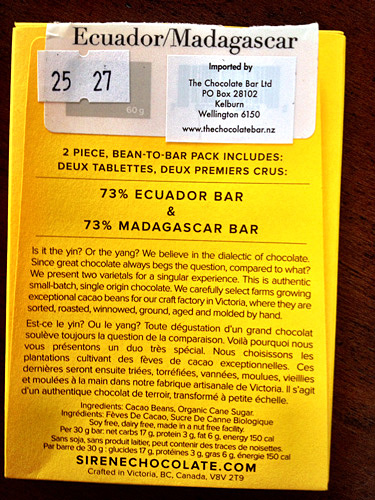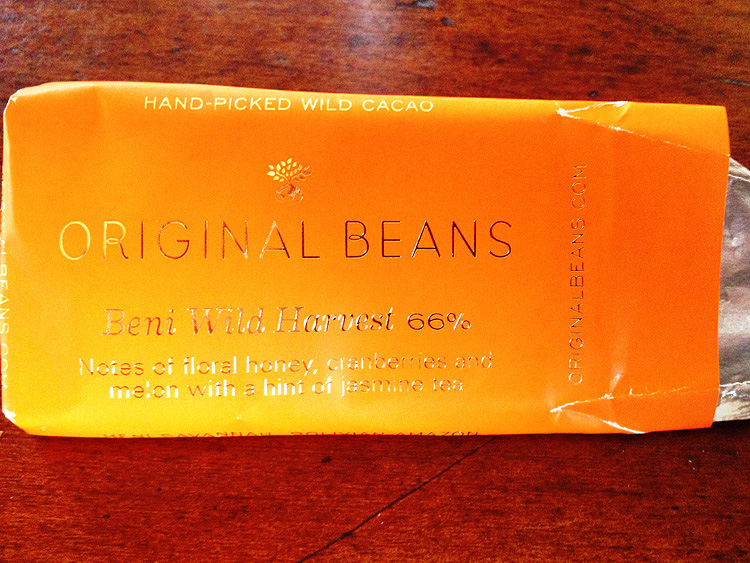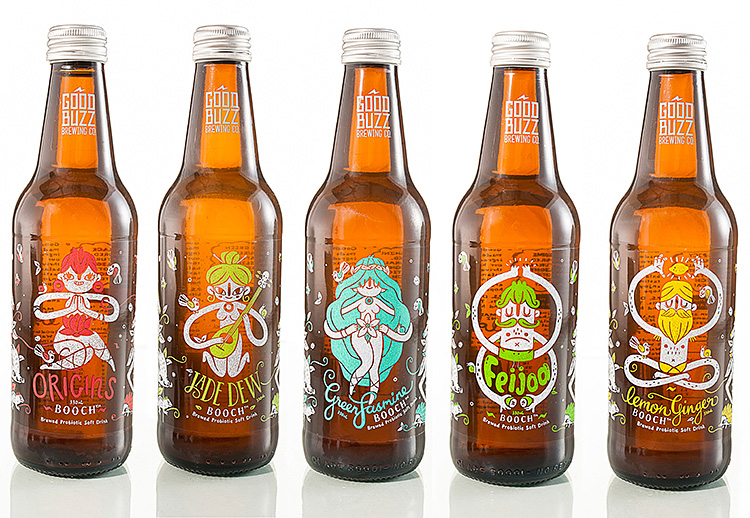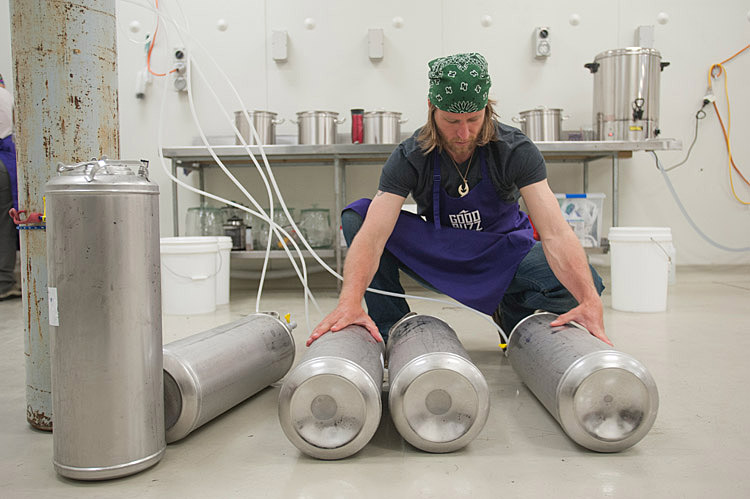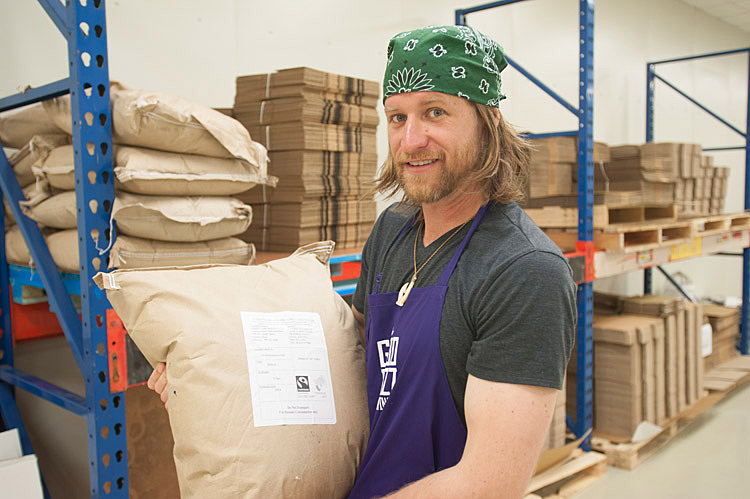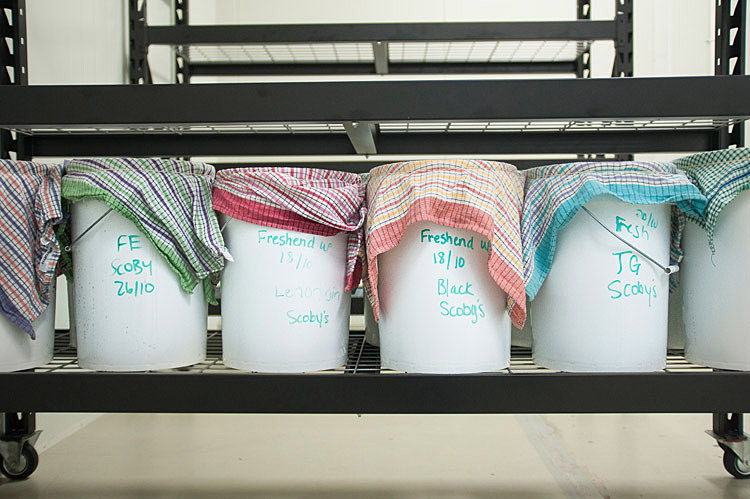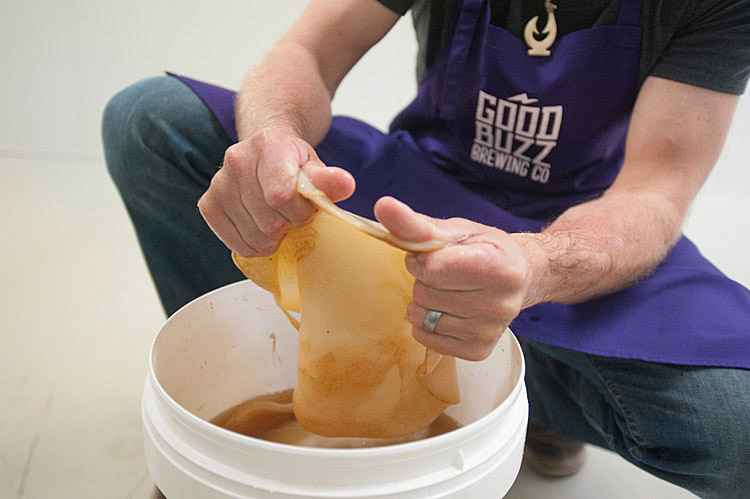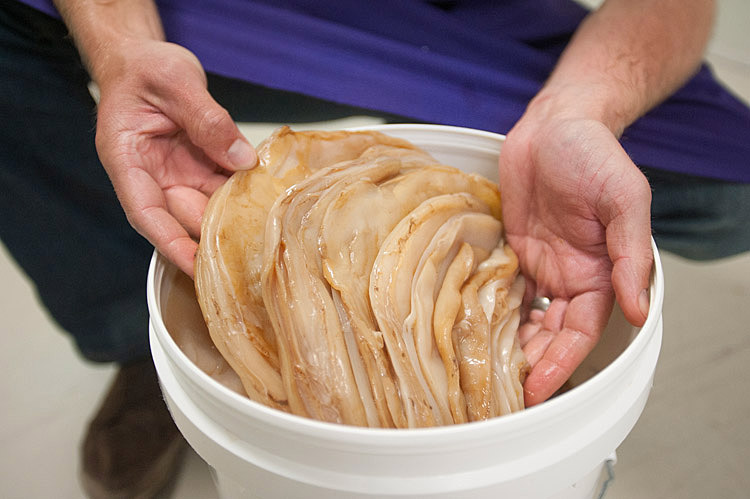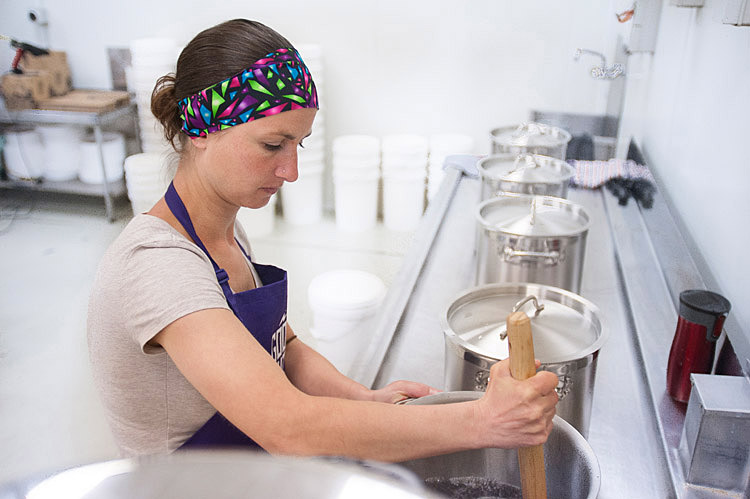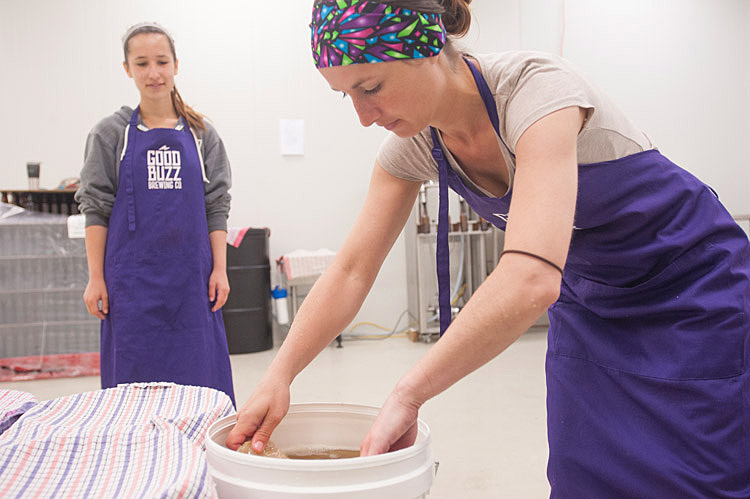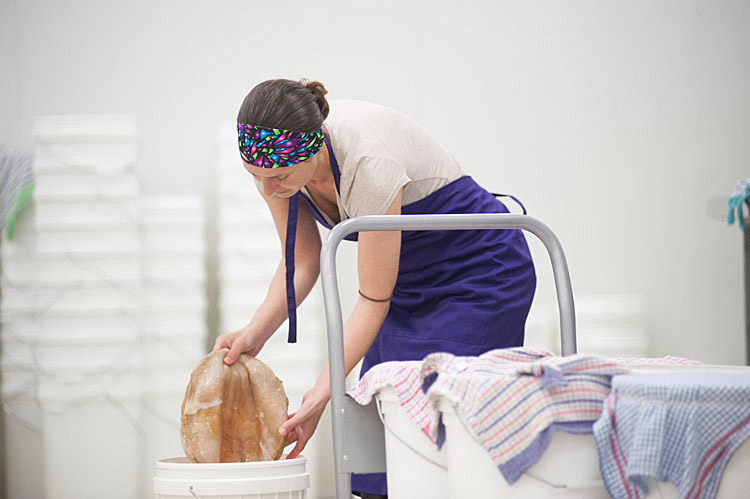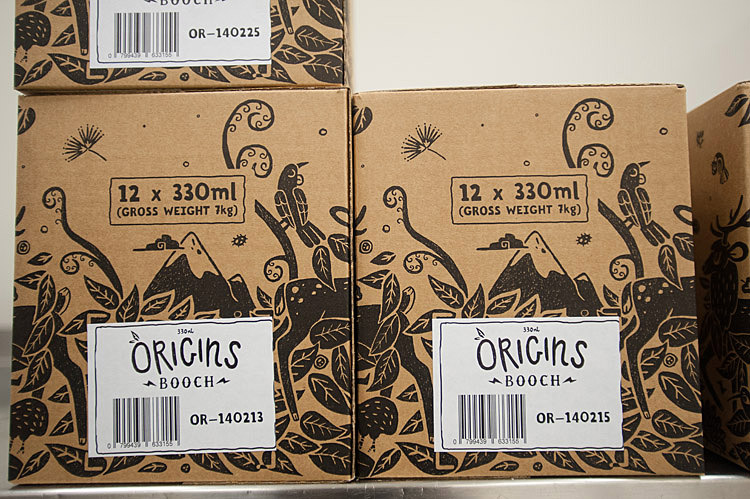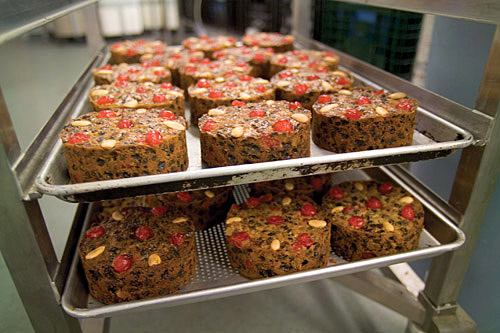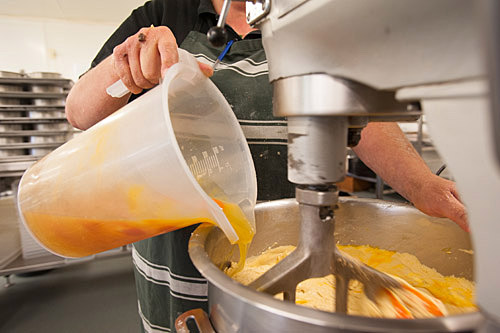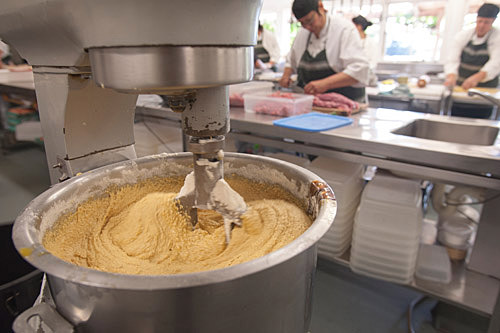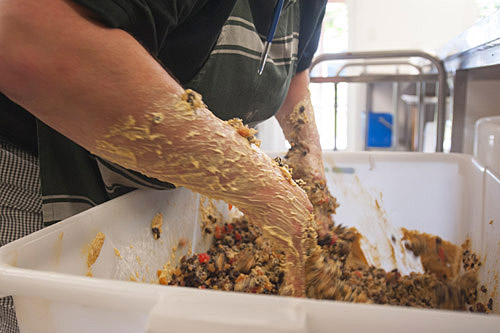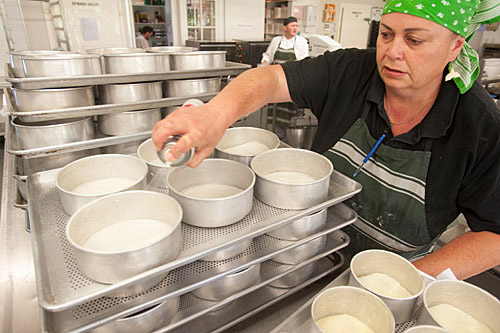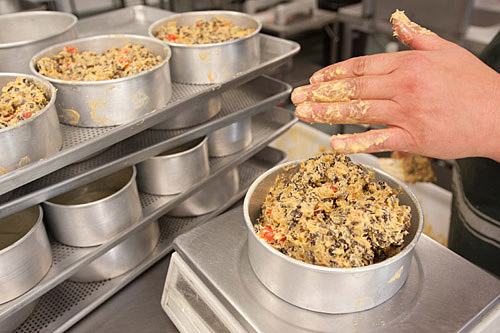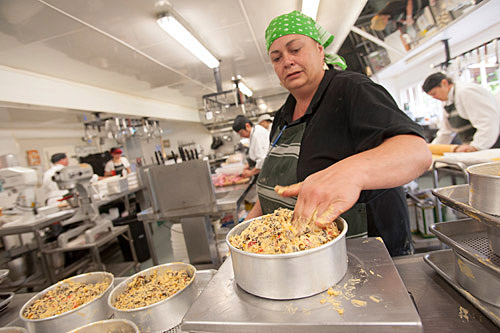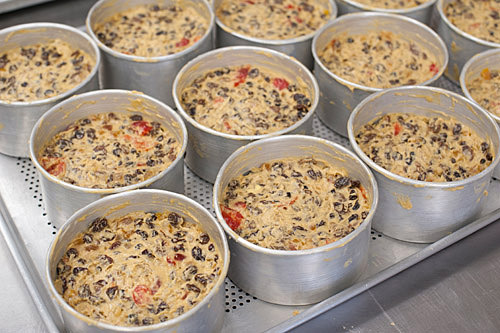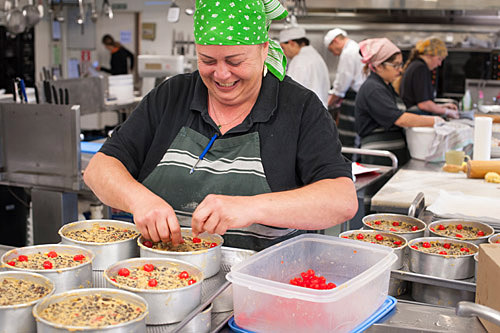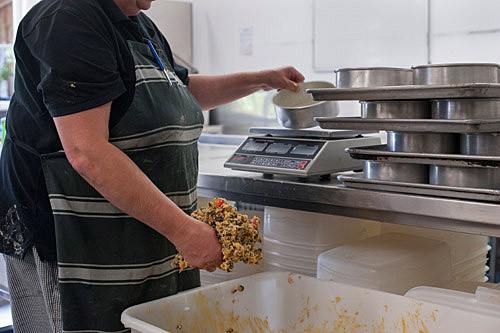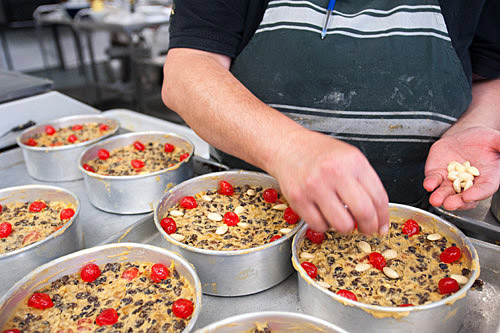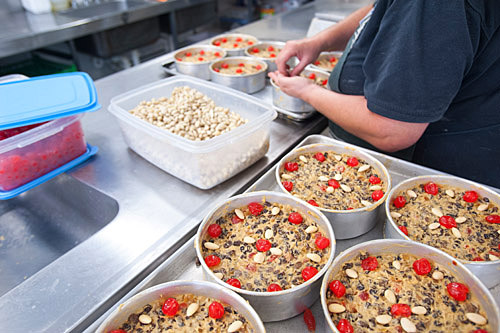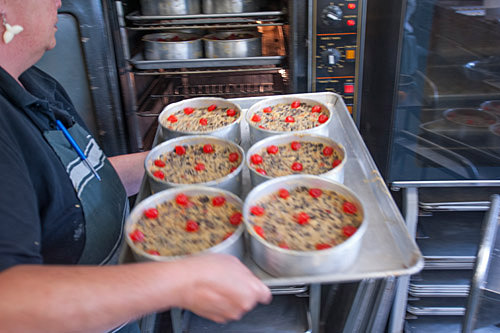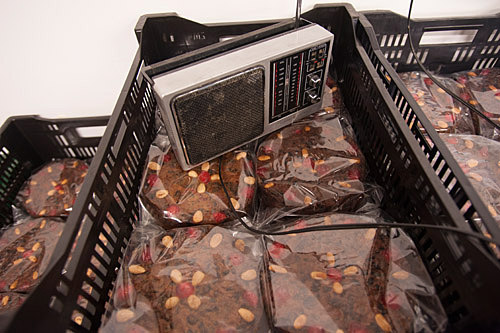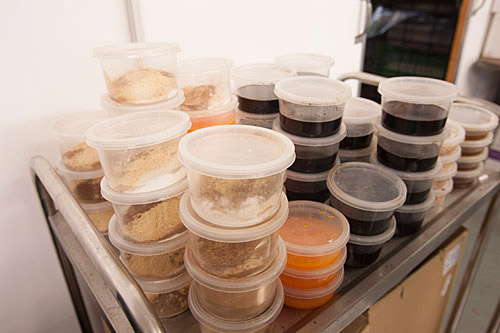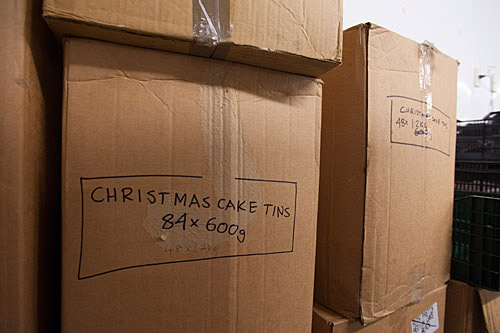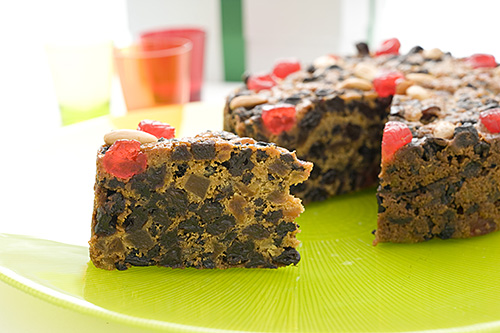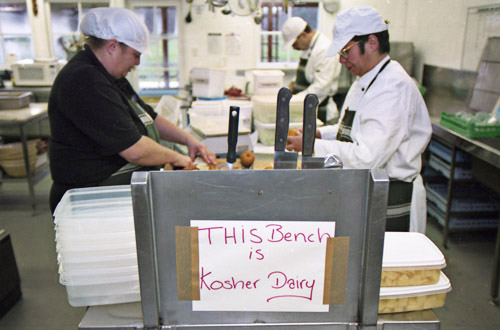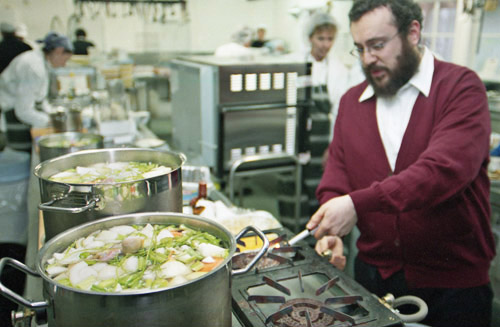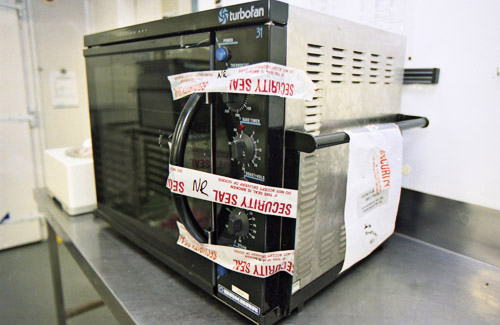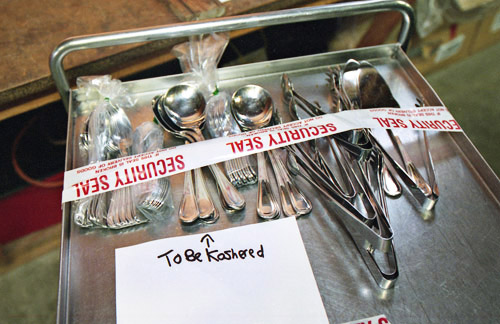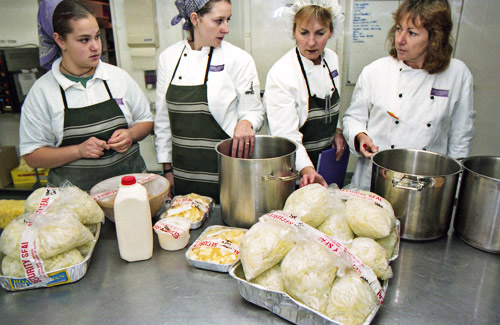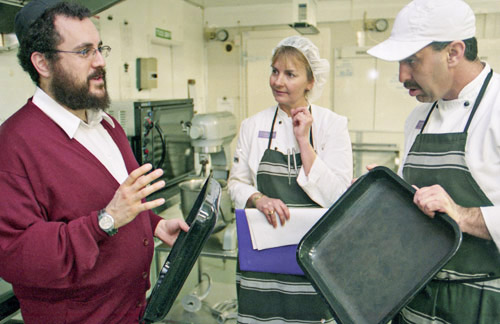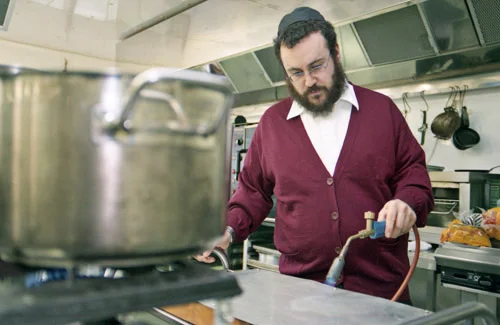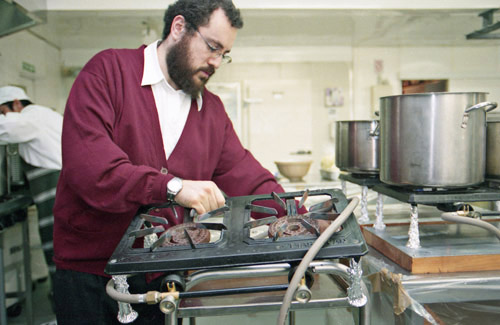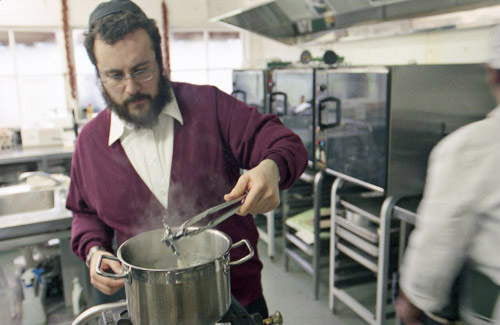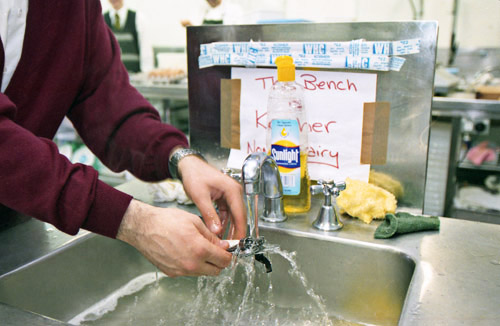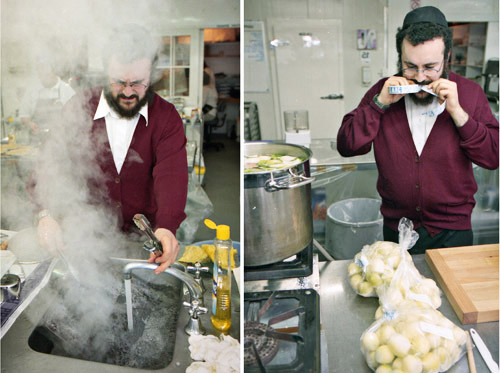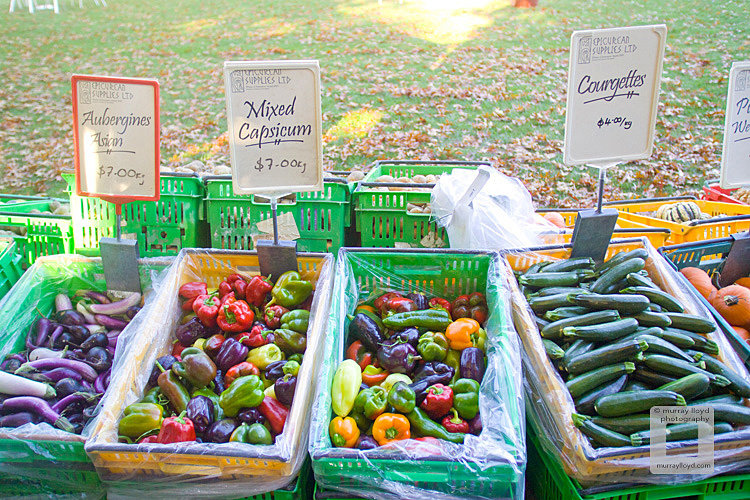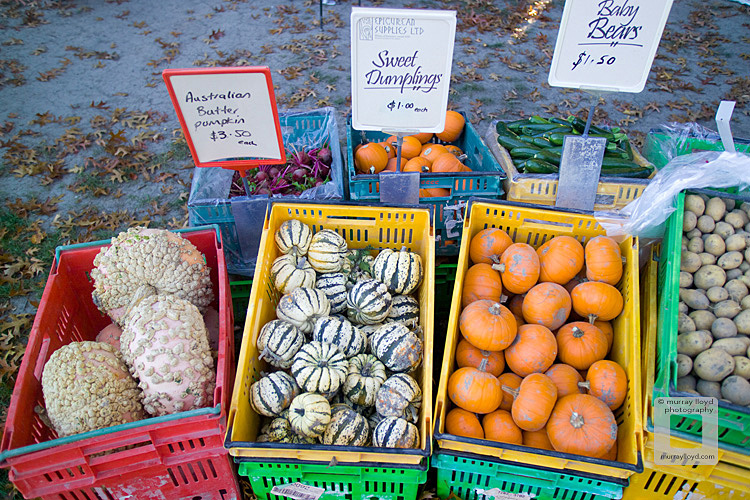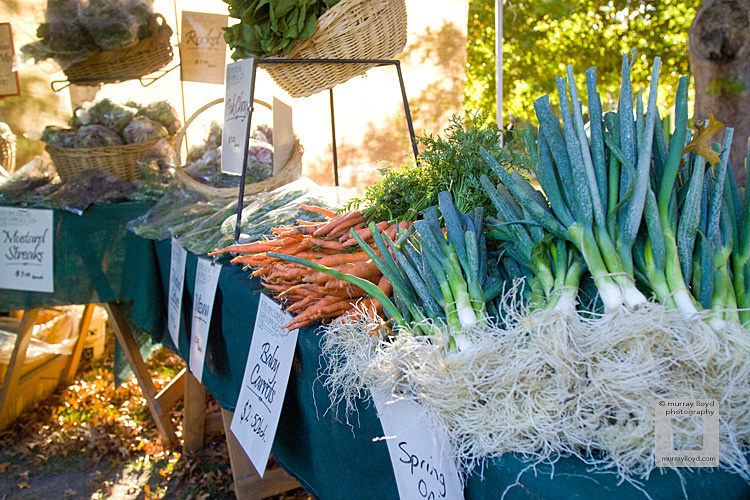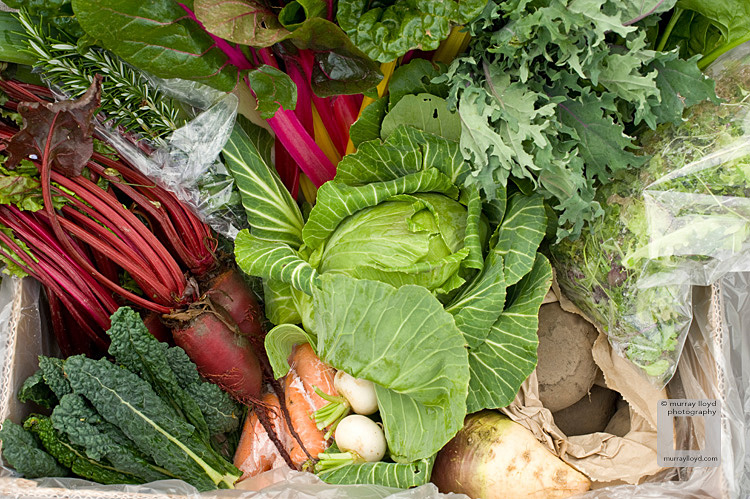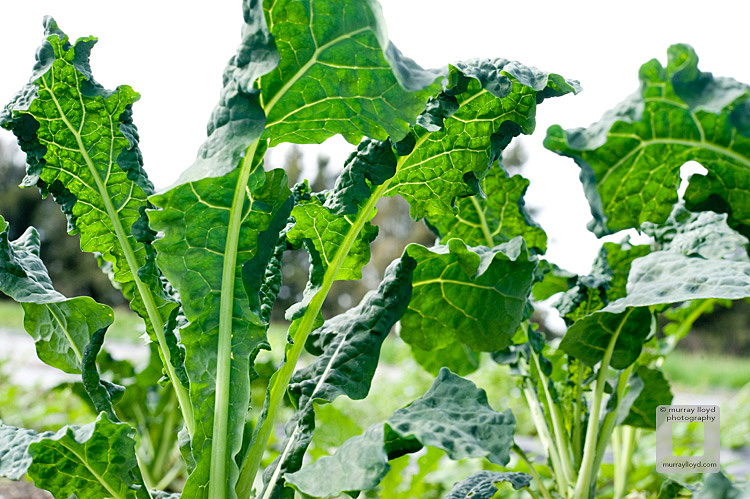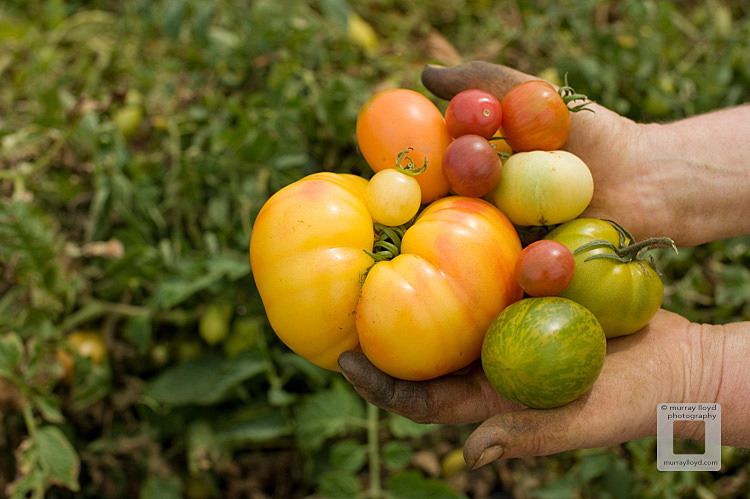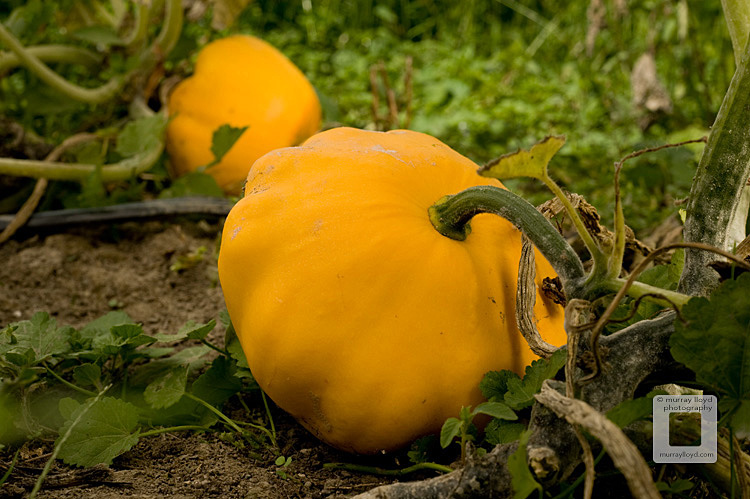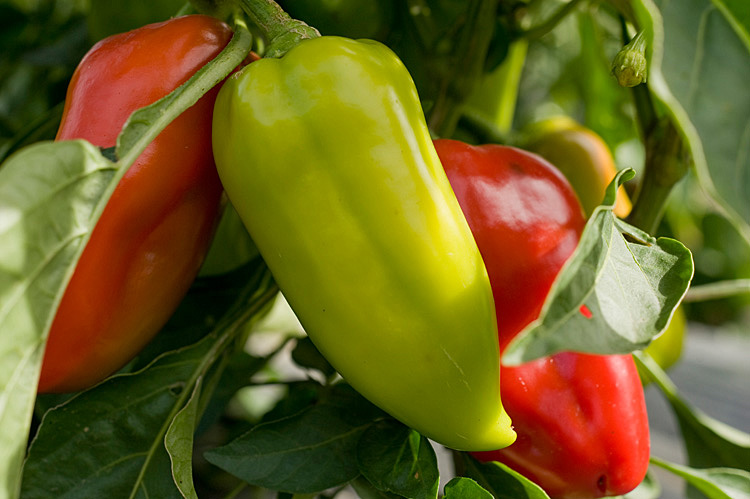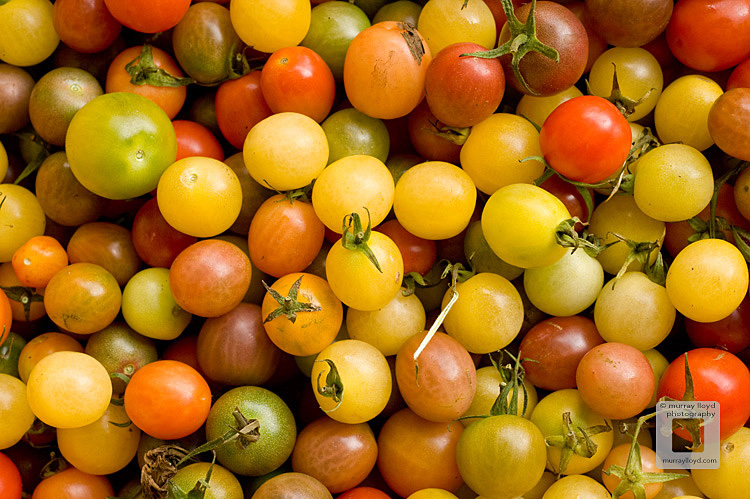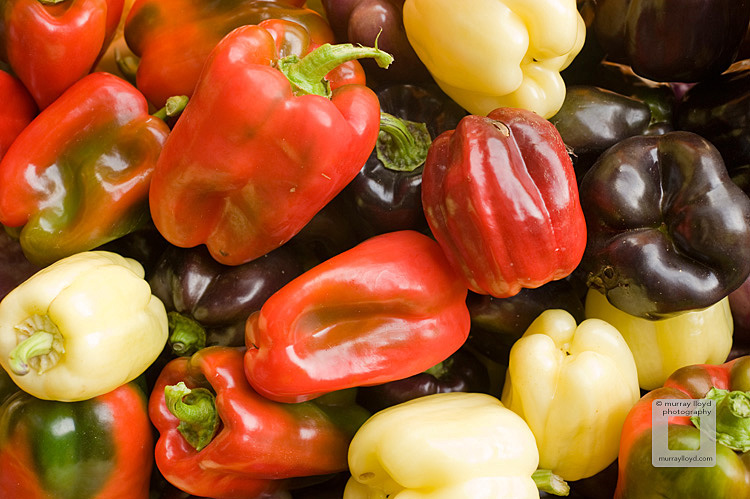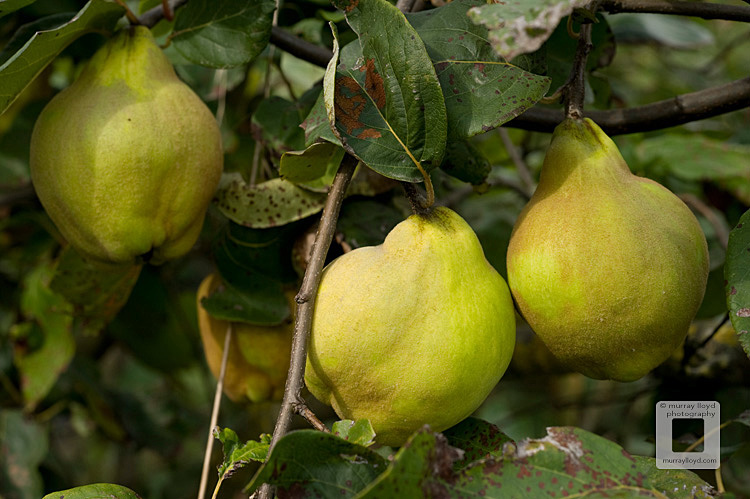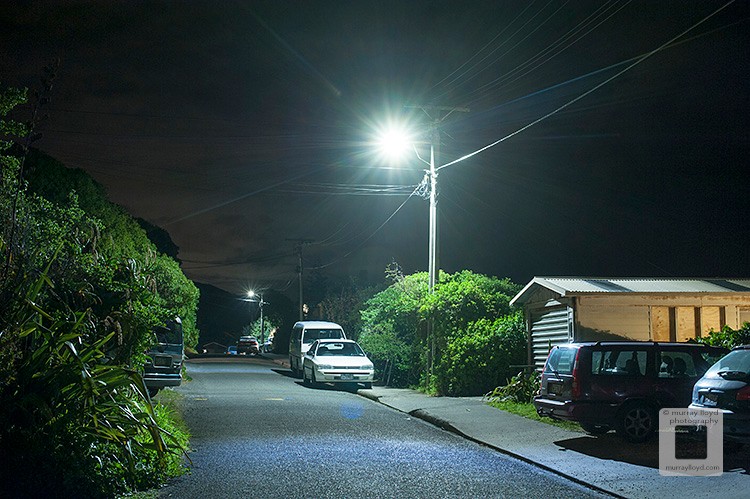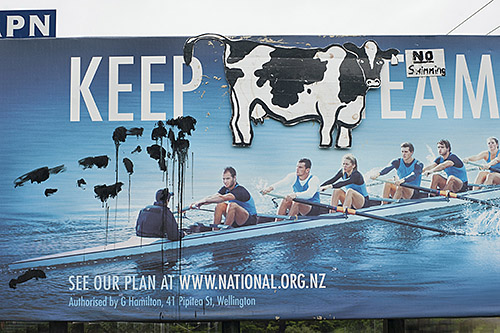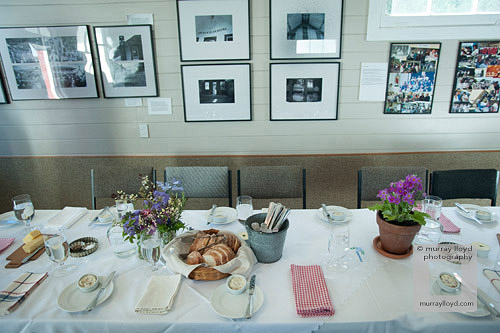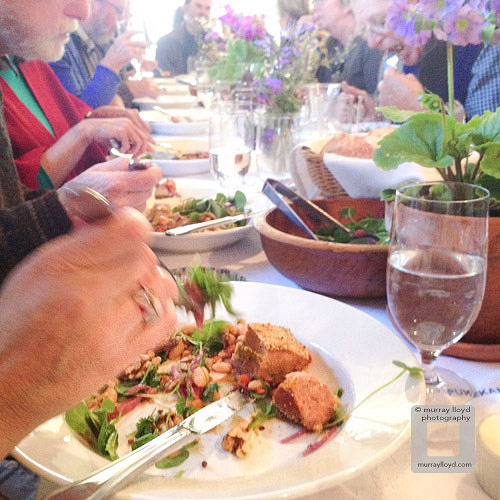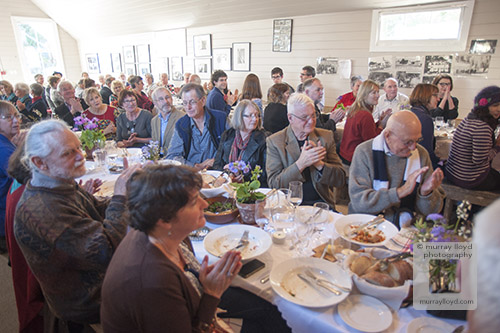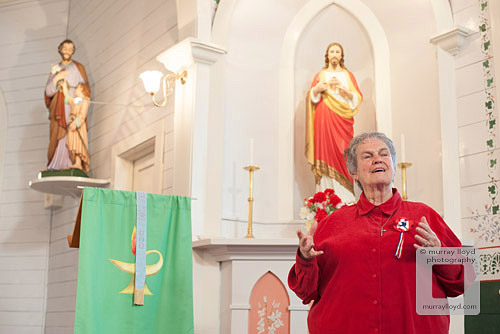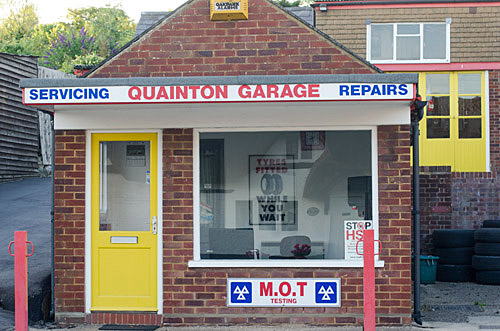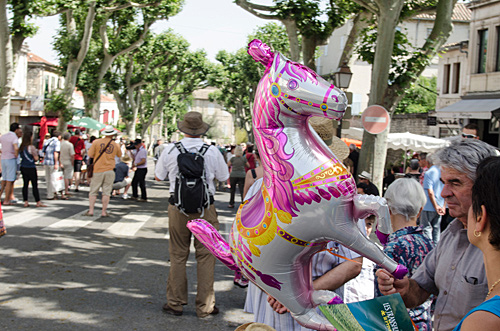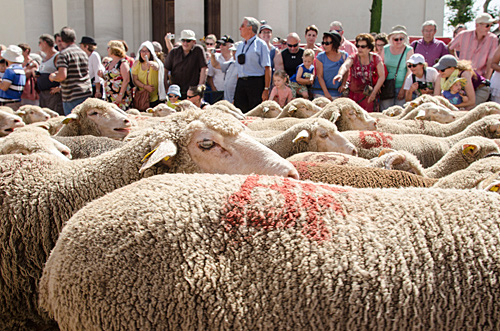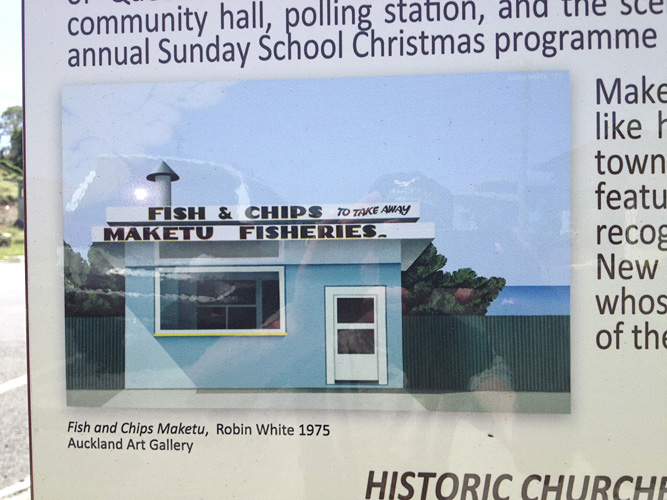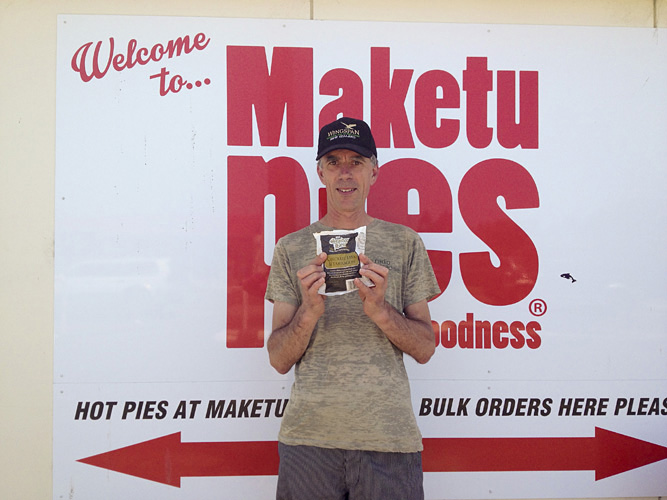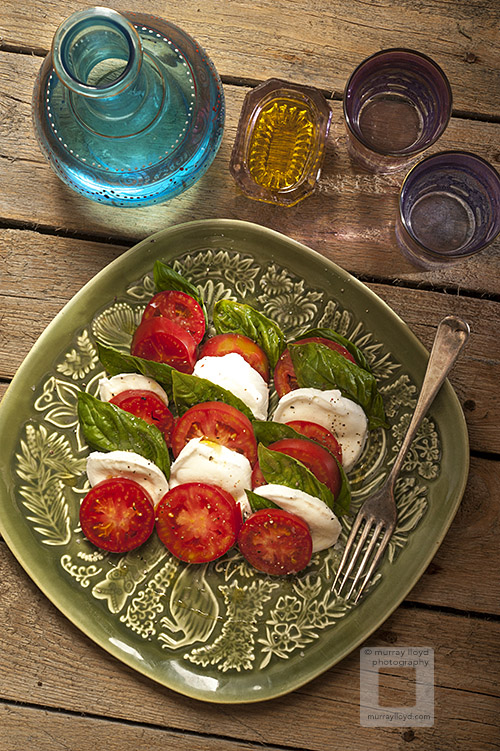Astrophotography in and around Wellington
From Political Landscapes to the Stars: My Journey into Astrophotography
Astrophotography wasn’t something I ever thought I’d explore. My work has always had a strong political and cultural undercurrent—projects that examined the ways humans shape and impact the environment, or, in the case of my Scenes in Maoriland exhibition, explored contemporary Māori sites. While landscapes have appeared in my images, they’ve never been about beauty for beauty’s sake.
That changed after I stumbled across several blogs and YouTube videos dedicated to capturing the night sky. There was something captivating about the blend of science, patience, and sheer wonder in those images. I found myself drawn into a new challenge—one where beauty itself could take centre stage.
Creating the Images
For this series, I worked with a Nikon D750 and a 20–35mm f/2.8 lens, shooting at either f/5.6 or f/4 with ISO settings between 100 and 800. Each final image is built from a series of 4–6-minute exposures.
To add depth and narrative, I sometimes used an off-camera flash during the shoot, carefully placing light to guide the viewer’s eye and enrich the scene’s story. The post-production process involved assembling the multiple exposures with Starstax free software for focus stacking and then refining the results in Adobe Photoshop—mainly to remove distracting light trails left by passing planes or satellites.
A Shift in Perspective
This project marks a departure from my usual practice. Instead of using the landscape as a site for critique or commentary, I approached it as a stage for the cosmos—a place where stillness, beauty, and vastness could speak for themselves.
Astrophotography has taught me to slow down, to wait for the right light, and to see familiar landscapes transformed under the stars. And perhaps most importantly, it’s reminded me that beauty, in itself, can be a powerful subject.
Rock at Makara beach, Wellington
Massey Memorial at night
Baring head lighthouse
Hard luck and hard boiled – Ostrich Eggs in Northland
I knew the far North has Kauri trees and beautiful beaches, but organic ostriches? I’d read about a couple of suppliers in an organics magazine and it all sounded very promising.
After numerous phone calls to disconnected phone numbers my sister-in-law (who appears to know everyone in Northland), tracked down the remains of the once aspiring ostrich industry – one bird. In a blip of a place named Kareponia, I met Kerry Hay who with his wife Lilac once owned a thriving ostrich egg hatchery.
Kerry’s story unravelled the classic boom and bust cycle that accompanied the establishment of Ostrich farming in Northland. After exiting the hatchery business in 2005 he sent 29 of his 30 breeding hens off to Taranaki. As we sat and chatted the only bird that didn’t make the trip – B2 - began aggressively checking out my camera.
B2 escaped the final journey because she had a damaged wing. Stomping around the paddock she didn’t look too happy with my presence but settled down once she saw the camera was giving her no harm.
Kerry and Lilac now fatten up cattle on their land, a far less risky enterprise.
On departing the farm I was very generously presented with a freshly laid egg.
We carefully drove the egg home to Wellington and after some research boiled it for 90mins. I was hoping for a slightly soft boiled finish. Once the egg was out of the pot I tried using a small knife to pry the top off gently, not wanting yellow yolk pouring out.
But on reaching the yolk it was hard boiled. So I attacked it with more force. Out came a larger knife, hand saw, screwdriver and a hammer but it was the hacksaw that was most effective.
Ostrich B2
Ostrich B2
Ostrich egg in a pot
Tools for the job
Hard boiled ostrich egg
Oscar with ostrich egg
Kapiti Kitchen Space
The smells and taste of the Middle East came to Kapiti on Friday evening. 24 participants paid $50 per head to attend a chef-less cooking class at Kapiti College. Organised by Keryn Mells, the first Kapiti Kitchen Class, in teams of three, cooked recipes from the Ottolenghi book Simple. Although there were a few mishaps, the food was successfully turned out in less than two hours. Following laminated instructions, the participants cooked nine dishes that included chicken with ginger, miso and lime; mustardy cauliflower cheese; and fish cake tacos with mango, lime and cumin yogurt. Simple indeed.
Chocolate tasting in Wellington
Most boutique chocolate companies tell more or less the same story; machinery sourced from all over he world (the older the better), small-scale farmers in exotic places, micro scale production and a vision/passion to make artisan chocolate from bean to bar. With this in mind, how does the average consumer make head or tail of the competition? A tasting is a great place to start. In a recent tasting with Jo Coffey, prior owner of Wellington's L'affair au Chocolat I tasted bars from Canada, Holland, Australia and the Philippines, which all used imported beans, and two locally produced bars from Vanuatu and Fiji. The tasting threw up some surprising results.
Without going into too much detail, the favourites were Gabriel 80% Chuao (Venezuela) and Sirene's Ecuador 70%; someone commented they could eat more of the Fijana 72% due to it's lack of intensity; the Aelan Chocolate from Vanuatu (made with Santo Criollo beans) competed on flavour but suffered from more than a hint of smoke. The least favoured were Indonesia's Pipilten range and Australia's Bahen & Co Brazil 70%.
Getting hold of these bars is not straight forward, some coming from friends (we supplied the two Pacific Island bars) and others from online distributors of which there are at least two based in NZ. Between them they stock some of the highest rated bars made. Amedei is arguably the world's best and is available at All about Chocolate, and very well regarded American brands Taza and Dick Taylor can be found among others at The Chocolate Bar
How good is good chocolate? We had a group of friends for lunch recently and had the chance to compare a bar of Grenada Chocolate Company's 60% organic nib with a favourite New Zealand brand's 'boutique' range. Despite being stored in a fridge for nearly a year and looking much the worse for wear, the Granada chocolate left the competition in the dust and was ecstatically and unanimously praised.
On another occasion, a friend of ours was determined we would not change her preference for her supermarket purchased, NZ made favourite chocolate. After tasting a selection of bars from Pralus (including a 100%), she spat out the NZ product when asked to compare, saying it now tasted like plastic and berated us for destroying her favourite thing.
For those who want to become chocolate snobs, help is here. The International Chocolate Awards are in their 7th year and have become well-known arbiters of good chocolate. They run regional and international awards each year. NZ made bars have already had some favourable reviews and it would be great to see NZ chocolate feature in the awards some day. Photos all taken on phone.
GoodBuzz in Wainuiomata
Kombucha, booch and SCOBY are new words in my vocab after a visit to photograph the GoodBuzz soft drink factory in Wainuiomata. The GoodBuzz process combines sugar, tea and water (from the Te Puna Wai Ora artesian aquifer in Petone) with the SCOBY (symbiotic culture of bacteria and yeast) and turns into an effervescent, healthy, non-alcoholic drink.
In the short time GoodBuzz has been operating they already have five kombucha brews in more than 60 cafes in Wellington, Christchurch, Hawkes Bay, New Plymouth and Nelson, and recently have been included in Auckland’s Nosh outlets.
The drinks come in five flavours - Origins, Green Jasmin, Lemon and Ginger, Jade Dew and Feijoia. A new brew made with coffee cherry (the outer red skin of discarded coffee beans from Go Bang in Petone) with an amazing light apple flavour is coming soon.
Each brew takes 8-10 days to ferment and another 7-10 days of bottle conditioning before heading out the door. The best before date is four months unchilled (a bonus when there is space restrictions in the fridge), and can be extended to nine months if refrigerated.
Another buzz emanating from the factory came from discovering owner Alex Campbell and I grew up in the same small Northland town – Kaikohe. This is where Alex’s first memories of kombucha came from – his grandmother Amy made what she called Manchurian Mushroom tea in the 1970’s. Kaikohe Kombucha - who would have thought?
Making Ruth Pretty's Xmas Cakes
Every year in August Ruth Pretty’s commercial kitchen gets into the mid-winter Christmas spirit. It’s the start of a festive ritual which ends with more than 4000 Christmas cakes despatched for celebrations far and wide by the special December day. The never-published Christmas cake recipe arrived hand-written after Ruth asked her staff for contributions for end of year client gifts. Thirty five other recipes were tried but fell short of the magical combination.
Long-time Ruth Pretty staff member, Carla Carkeek bakes 74 cakes a day several days a week from August until December. One year 17,000 Christmas cakes were made as staff gifts when two banks merged (Carla had extra help for this one). The cake won top prize in Christchurch’s 2007 Royal A&P Show commercial bakery section and at least one cake a day heads offshore, delivered mainly to expats in Asia and as far as soldiers in Afghanistan and elsewhere.
The fruit is first soaked in sherry and after the cakes are cooked they get doused in brandy, ensuring a long life.
One cake in 36 is cut and tested, with the slices then devoured by visitors to Ruth’s shop. Made by Carla’s steady hands, the testing seldom finds errors. Although one year the team did pick up a change in the potency of Hansell’s essences after the company changed hands.
Watching her handle 23 different ingredients to make 74 cakes and prepare mis-en-plas for the next day’s 74, it’s easy to see why Carla is referred to as the Christmas Cake Queen.
Koshering Ruth Pretty's Kitchen
To be accepted as kosher, certain foods which are completely cooked by a non-Jew (bishul akum) may not be eaten, even if the foods are kosher and are cooked with kosher utensils. Ruth Pretty calls on a local Rabbi to sanction the food for the times she has catered Jewish events in Wellington (this was for a Bar Mitzvah). Foods that generally come under the category of bishul akum are:
Foods that cannot be eaten raw, such as meat or grains. (This excludes foods that can be eaten either cooked or raw, such as apples or carrots.)
Foods that are considered important, "fit to set upon a king's table." There are various opinions regarding what are considered "royal foods."
The key is for the Rabbi to participate in the cooking in a meaningful way in order to render the food kosher. If a non-Jew cooked the food alone, without Jewish participation, the food and utensils are not regarded as kosher.
These photos were taken with 35mm film and I can't help thinking they have a natural and organic feel, resonating well with the Koshering.
Buying Local Food | Murray Lloyd Photograph
The markets will be crammed with lovely fresh produce now spring has arrived and in NZ we can find locally produced food easily. Not so elsewhere.
In Britain, a local government report said a quarter of food could not be verified as local in one county. In North Wales only half the meat sold as Welsh lamb was found to be Welsh and in an English restaurant "Hampshire spring lamb" was sold which was actually from New Zealand.
In Canada the government have changed the criteria on what constitutes local. The government say the food just has to come from within the same province to be called local. In Canada this could mean a 1500km journey. Previously a 50km radius was deemed local. Here is a funny take on local food.
Oritain is a New Zealand company based in Dunedin specialising in food verification. Their mission statement states Oritain can independently and scientifically verify the origin of food products to a forensic standard. The consumers in Canada and Britain would clearly benefit from their services.
Film Noir Photos in Kapiti | Murray Lloyd Photography
It was good fun trawling the streets of Kapiti to take photos of new LED lighting. Other locations were more industrial but this one felt like film noir. Maybe I should have posed a model staring into space out of an open car door in a similar way to Gregory Crewdson. He established an international following creating cinematic, dreamlike images of American suburbs.
Giant Leek at Country Show | Murray Lloyd Photograph
I have seen photos of over sized pumpkins appearing in the media but never a leek. The leek portrait has been published on the cover of Martin Parr's 2014 book Black Country Stories. I don't know what they feed their leeks in England's Black Country but a portrait I photographed recently shows another way to make your produce seem large.
Who will get wasted next Saturday? | Murray Lloyd Photography
Fake Food at Dowse Art Museum | Murray Lloyd Photography
Cigarette butts, painted flies, an earthworm, and fake sushi
now showing at Wunderrūma: New Zealand Jewellery (finishes 28th Sept). If you are still hungry, next door the food theme continues with sheep entrails (be thankful for the BW photo) swiss rolls and neenish tarts in a very well executed exhibition of Peter Peryer's work ending 23rd November. Bon Appetit
French Flag Flies at Otaki | Murray Lloyd Photography
The French flag was flying again at PukeKaraka Marae in Otaki where guests assembled for Ruth Pretty’s “Casssoulet and Karaka Trees”, a Wellington on a Plate event.
Fr. Jean-Baptiste Comte, a French Roman Catholic Priest founded the mission at Pukekaraka 170 years ago in 1844 and brought with him a typical French passion for food.
Together with local Maori, Comte built a flourishing community with three flour mills, maize, wheat and food crops that supplied shops in villages from Otaki all the way to Wellington. Was this the first Wellington on a Plate?
After a formal welcome onto the marae by Ngāti Kapu and an appropriately crowing rooster, guests were invited into 'Hine Nui o te Ao Katoa' which translates into 'Mary, Great Woman of the Whole World, Woman of Light'.
Guests dined on baked potato and eel rillettes before the much anticipated cassoulet was served with a salad of pear, walnut and perennial greens
A walk up the 'Cavalry ' was needed after the wholesome lunch where Rawiri Rikihana gave a short history of the area.
St Mary’s Church provided a fascinating backdrop with both local custodian Irene Mackle and Mary McLeod (Martha’s Pantry) giving an intimate account of the beautiful interior. Restored lovingly in the early 1990's it was easy to see why this Church has the highest Historic Places rating. Built in 1859, St Mary's is the oldest Catholic Church that has been in constant use in New Zealand
Fr. Comte flew the French flag to signify feast days for special prayers. As champion of harmonious relations between Maori, Europeans and Priests I am sure he would have had no hesitation hoisting it once again for Ruth’s “Cassoulet and Karaka Trees”
Mobile Fish 'n' Chips at Quainton | Murray Lloyd Photography
Mushy peas or curry sauce with your Fish 'n' Chips? Quainton, a very cute English village of about 1200, located just north of London, gets visited every Wednesday evening from 5.30 – 8 by a mobile fish and chip van. Howe and Co have been delivering fish and chips from “coast to door” for more than 80 years, currently making hundreds of stops to more than 90 villages in a 50km radius. New Zealand does not have the same mobile service with fish and chips (although Mr Whippy hints at this) but we do at least have a mobile butcher in Waikanae.
The mushy peas certainly add a fresh colour to the golden tones but the quality of the fish 'n' chips did not match the high standard of service. Maybe I am spoiled by the excellent quality easily found in New Zealand.
7 stands, 3 lights and a bagel | Murray Lloyd Photography
The saying photography is 90% “moving furniture” and 10% photography was proved when I was asked to photograph one pulled pork bagel for Wholly Bagels in Wellington. On location, at night, saw three lights, one background, two diffusers, two bounce boards and seven light stands in action. Pulled pork originated in the southern states of the US but seems to be everywhere now.
Running of the Sheep in France | Murray Lloyd Photography
The Fete de la Transhumance is celebrated in St Remy de Provence annually on Whit Monday. This traditional French festival commemorates the days farmers trekked for days to take their sheep from drought stricken lowland in search of greener pasture in the mountains. I am sure Van Goph (sans left ear) would have appreciated the 3000 sheep, goats and donkeys being herded through the town for the 31st Fete de la Transhumance. He was living (self-admitted) in an asylum in St Remy between 1889 and 1890. The river of sheep winding through the narrow streets of the town resembled a readymade impressionist painting.
Unlike the running of the bulls in Pamplona, no instant fines were handed out to people with cameras. The sheep did two laps of the town before departing – I hope they did not notice the menus.
More to Maketu than Masterchef | Murray Lloyd Photography
It is no surprise Maketu produced the latest MasterChef winners, the town has food in its bones. Maketu was named after the origonal kumara growing fields in Hawaiki by Te Arawa when their canoe landed at the mouth of the Kaituna River in 1340. The river and estuary have been historically referred to as the "food bowl" of the Te Arawa. 400 years later the Robin White painting Fish and Chips, Maketu immortalised the local fish and chip shop. Not sure why the shop has not been given the Robin White treatment.
Maketu Pies carry on the food vibe. They distribute pies all over the North Island and have recently introduced a gourmet range called Sunday's Best. Their standard range is well regarded and includes a highly rated mussel pie.
Historically the estuary provided a diverse range of seafood including pipi, koterotero (sea-anenome), tuangi (cockles), flounder, titiko (mud snail), mussels, pāua, pūpū, scallops, kukuroa (horse mussels) and fish. It seems appropriate the winners of MasterChef Karena and Kasey Bird are described as "seafood loving sisters" and their signature dish is paua ravioli.
Getting passionate in the studio | Murray Lloyd Photography
Italian Flavours in Paraparaumu | Murray Lloyd Photography
Basil grown from seed in full sunshine, Isle of Capri tomatoes freshly plucked from the garden and fresh buffalo mozzarella - Insalata Caprese - It is quite simply one of the greatest pleasures of summer and is one of my favourite dishes . The flavours and textures work together brilliantly - here's to Italian food.
